City Guide: St Augustine, Florida
Located in the northern part of Florida, St Augustine has the distinction of being known as the oldest continually occupied European settlement in North America. It was founded in 1565 by Pedro Menendez and his soldier and colonists, fifty years after Ponce de Leon claimed the area now known as Florida for Spain in the early 1500s. St. Augustine was under Spanish rule until 1763 when Britain took over for 20 years, followed again by Spain until the United States took over in 1821. Florida later became a state in 1845. The St. Augustine area became popular with tourists in the 1820s as a spot to escape cold northern winters, and the popularity grew when Standard Oil co-founder Henry Flagler founded the Florida East Coast Railway and began building hotels, churches, and a hospital throughout the area. Today, St. Augustine is a popular spot to be immersed in rich history and culture and the city offers plenty of family friendly adventures.

Getting started: I have been researching St Augustine for years- I stumbled upon the website for Florida’s Historic Coast when I was googling an attraction further south and immediately started bookmarking tons of attractions and places to stay. I used the website for most of our itinerary. When in town, stop by the Visitor Information Center for tons of print materials, maps, and live staff available to answer questions and offer recommendations. The larger Historic Downtown Info Center is located at 110 Castillo Drive and open from 8:30am-5:30pm daily, with additional offices on Route A1A, and in Ponte Vedra Beach. The parking garage is attached to the Historic Downtown Info Center. The most recent travel guide can be found here.
This index of annual events and programs is a great resource for searching based on the time of year for a visit; Nights of Lights, Concerts in the Plaza, Race Week Regatta, and various heritage festivals are especially popular.
Transportation: St. Augustine is a very walkable city, and our advice is to walk as much as possible. The historic downtown area is very busy and has limited parking options. Trolley and trains are readily available and have extended hours during peak summer months. For car parking, the Historic Downtown Parking Facility is the best option- it is open from 7am-9pm with a $15 fee for a full day. The ParkStAug app is also a great resource for paid parking options. Find up to date parking information here and two helpful downtown maps here and here.
Two tour options include:
- Old Town Trolley Tours, which seemed to be everywhere we looked when we were in town. There are 22 stops (with all day reboarding privileges) in the downtown area, with free transfer to bus service across the bridge to other attractions, as well as free admission to the St, Augustine History Museum. Free parking is available at the ticket office on San Marco Avenue.
- Red Express Tours, which also operates around the Historic area with 22 stops that start at the Welcome Center and end at the Oldest Store Museum. Train ticket packages can also include discounted admission to several of the spots on our list.
Eating Locally: We are devoting an upcoming post to our favorite spots to eat in St Augustine. Stay tuned.
Nine Family Friendly Places in St. Augustine:
- Alligator Farm Zoological Park is one of the oldest zoos in the country, established in 1893. The zoo is home to 24 species of crocodilian, 40 species of birds, dozens of reptiles, and many other animals. The park has shaded paths that weave through the exhibits, with plenty of viewing areas and places to sit and enjoy the beauty of nature. There’s also a zip lining course, daily animal feedings, and various programs and special events that offer plenty of new things to see with each visit.
Kids will especially enjoy seeing all the alligators and crocodiles and playing in the Kids Zone.
Adults will especially enjoy walking through the Rookery and learning about Gomek.
Travel Tips: The park is open 9am-5pm, with extended hours until 6pm during the summer; information on daily shows, featuring alligators and reptiles, and programs, like camps and holiday themed events, can be found here; we’d recommend bringing the stroller for the toddler set; most of the paths are shaded, which is a huge help, but watch out for frequent “droppings” from birds flying above the exhibits; restrooms are located near the entrance, and all guests must exit through the gift shop; the TouCantina Snack Bar offers snacks, drinks, and Meal Deals for adults and kids and there are plenty of shaded picnic tables and benches throughout the park; plan on 90-120 minutes to fully explore the entire park and attend a daily show. See a map of the entire complex here.
Read our full post here.
- The Fountain of Youth is the oldest attraction in Florida (the guest book has signatures dating back to 1868). The 15 acre park is the original site of the oldest European settlement in the United States. In April 1513 Juan Ponce de Leon and his three ship fleet arrived at the area just above St Augustine (beating out the Plymouth Pilgrims and Jamestown settlers!). Today, the park has preserved some of the structures and added engaging, hands-on exhibits, programs, and opportunities to learn about the first settlement and our country’s origins.
Kids will especially love climbing to the top of the watch tower and exploring the Village of Secoy.
Adults will especially love drinking the famous spring water and daily demonstrations.
Travel Tips: The complex is open seven days a week, usually from 9am-6pm. Information on hours and admission fees here; plenty of free parking in front of the admission area; restrooms are located by the admission area, and near the gift shop and exit; the Smoked Southern BBQ restaurant serves lunch, snacks, and drinks with plenty of outdoor picnic tables; plan on 90-120 minutes to fully explore the park, including time to watch a few shows and demonstrations. Check out the full park map here.
Read our full post here.
- Castillo de San Marco National Historic Site is the oldest masonry fort in the United States, built from 1672 to 1695 (with various interrupted breaks due to disease and conflict) to guard St Augustine, the first permanent European settlement, from both pirates and English troops. The fort was made from local coquina shell stone quarried in the area that is now Anastasia State Park and is up to 19 feet thick in some ocean side walls. The shell-stone walls helped up against cannon firing and helped the Spanish protect the fort. In 1821, the United States acquired Florida from Spain and renamed the fort Fort Marion, later adding Florida’s first golf course on the grounds in 1895, and then declared a national monument in 1924. After being deactivated in 1933, the 21 acre fort was used as a US Coast Guard training base during World War II. The fort celebrated its centennial in 2016.
Kids will especially love the cannon firing demonstrations and completing a Junior Ranger booklet to earn a badge.
Adults will especially love walking throughout the barracks and hearing about daily life for the soldiers.
Travel Tips: The fort is open 363 days a year (closed Thanksgiving and Christmas Day). Kids ages 15 and under receive free admissions, and the fort does accept various National Park passes; info on fees; admission passes are valid for seven consecutive days; try going earlier in the day to avoid lines; there is a small parking lot (pay electronically) in front of the park, charging $2.50/hour; restrooms and a small gift shop are located inside the fort; most rooms of the lower level of the fort require a step up or down; there are approximately 50 steps to the upper level with no handicap accessibility; no dining facilities onsite; plan on 60 minutes to explore the entire fort.
Read our full post here.
- The Lightner Museum is housed in the former Alcazar Hotel, which was commissioned by Henry Flagler, a prominent oil and railroad tycoon who is credited with designing and building much of St Augustine. The hotel was completed in 1888 by the same firm who designed the New York Public Library and was open until the early 1930s. In the mid 1940s, newspaper editor and publisher Otto Lightner, who collected artwork and furniture from around the world, purchased the Alcazar to house his 20,000+ piece collection. The museum, which opened in 1948, is well known for its Tiffany lamps and panels, porcelain and glass, geological specimens from around the world, and various musical instruments from the 1800s.
Kids will especially love ROMA (an African tiger given to Winston Churchhill), dinosaur eggs, and the collection of 19th century chairs and desks.
Adults will especially love the collage of cigar band labels from the 1930s, the collection of glass and porcelain, and the collection of musical instruments.
Travel Tips: The museum is open 362 days a year from 9am-5pm; bring a stroller for the toddler crew; Cafe Alcazar serves lunch from 11am-3pm; plan on 60-90 minutes to tour the whole museum.
Read our full post here
- The Pirate and Treasure Museum takes visitors through 400+ years of pirate history, showcasing over 800 artifacts from various pirate ships and discoveries (and some fictionalized pirate themed movie sets). There are interactive touch screens with a “Book of Pirates” trivia games and activities, an original Jolly Roger flag, an authentic pirate treasure chest, and various shipwreck treasures from the Florida Division of Historical Resources.
Kids will especially love finding all of the artifacts marked with a skull and cross bones (tell the attendant the total number you find and earn a prize!); sniffing the cargo boxes; pretending to fire the cannon.
Adults will especially love the paintings and biographies of various pirates and the exhibit featuring pirate-themed movie memorabilia.
Travel Tips: The museum has low lighting and the simulated cannon firing can be loud to some people; open 10am-7pm everyday but Christmas; no need for a stroller; tons of dining options within walking distance; plan on 60 minutes to tour the whole museum.
- Whetstone Chocolates Factory Tour is definitely the best tasting place to visit on this list! Henry and Esther Whetstone (an engineer and school teacher, respectively) came to St Augustine in the late 1967 and opened an ice cream shop. It became so popular they expanded and added to their business many times, ultimately into a 72,000 square foot factory that produced over one million pounds of chocolate a month! For many years in the 1980s and 1990s, Whetstone Chocolates made novelty chocolates for corporations like Disney and Hershey, until they decided to go “back to their roots” in the 2000s and downsized to only five chocolatiers. Today, Whetstone has three stores in St. Augustine’s (but they will ship anywhere in America), a lunch spot, and an ice cream store. The store sells 15 varieties of fudge, 22 types of gelatos, nine varieties of seashell chocolates, and other items like liqueurs, popcorn, and brittle.
Everyone will love the tastings that are included on the tour, learning about the 18 steps in making chocolate, and the various ingredients needed for something to be considered chocolate.
Travel Tips: Tours are offered seven days a week (more time options on the weekends) at the 139 King Street location and kids under five are free; tours are handicap accessible, go between two buildings, and include a few stops where guests can sit down; all guests must wear a hairnet; tour begins and ends in the gift shop; plan on 45 minutes for the tour.
- The St. Augustine Lighthouse and Museum, located across the street from Alligator Farm. the 165 foot lighthouse . Completed in 1874 (it took three years to build), the Climb the 219 steps to the observation deck (don’t worry- there are eight landings if you need to take a break or let other people pass in front of you)
Kids will especially love the children’s play area (which has a puppet theater).
Adults will especially love the views from the top and daily boatbuilding demonstrations.
Travel Tips: Open daily from 9am-6pm except for Thanksgiving and Christmas Day; children must be 44” tall to climb; check here for info on specialty tours.
Read our full post here.
- Beaches: There are over 40 miles of coastline in the greater St, Augustine area, including state parks and public beaches. A couple of popular choices for families include:
Would you like to save this?
- St Augustine Beach, a TripAdvisor Top 10 Beach in the US, with a sandy beach, fishing pier, splash pad, volleyball courts, plenty of places to picnic, a playground, and shops. Outdoor showers and restroom facilities are also available.
- Anastasia State Park, one of the most popular state parks in Florida, has four miles of beach on the peninsula. The designated swimming area has lifeguards during peak summer months, as well as outdoor showers and restroom facilities. The park covers 1,600 acres with hiking trails, camp sites, picnic areas, and water sports like kayaking, canoeing, and paddleboarding. There is a nominal, daily vehicle and pedestrian fee.
- Crescent Beach, part of Anastasia Island, has miles of white sand beach that lead to the Atlantic Ocean. Lifeguards are on duty during summer months, and there are outdoor shower and restroom facilities, as well as areas for picnicking.
- Sightseeing boat cruises: There are a few different options in and around St. Augustine, including the Red Boat Tours, Florida Water Tours, and Old Town Cycle Cruise. We took the 75 minute scenic cruise aboard the Victory III, which runs up to five times a day, all year long. The Victoria has an open air upper level and lower enclosed level, with restrooms and concessions on board. Much of the boat ride is narrated and includes the history of historical landmarks, including Castillo de San Marco, St. Augustine Lighthouse and Anastasia State Park.
Bonus Spots: In our opinion, these locations may not hold the attention of younger children, but are still family friendly and older children will appreciate the architecture and history.
- The Oldest Wooden Schoolhouse, made from cedar and cypress wood, was the 1700s homestead of Juan Genopolgy and later, the oldest known schoolhouse in America. Today, the home is displayed the way it would have looked to Minorcan Stellers in the 1800s. The grounds also include a kitchen, outdoor garden with memorials, and outhouse.
Travel Tips: It’s a quick, 30 minute stop in the heart of St George Street and is open 364 days a year.
- The Ximenez-Fatio House was the home and office of Andrew Ximenez and was built in the late 1700s. Ximenez’s family lived upstairs and operated a storefront on the first floor. The home was later used as a boarding house during the 1800s and early 1900, when St Augustine was quite popular with tourists. The grounds have been excavated by historians and archaeologists over the past sixty years and the home is now furnished with many 1800s pieces of furniture, housewares, and clothing. Check out the sour orange (they look like limes) tree in front of the house.
Travel Tips: The museum is closed on Sundays; there are guided and audio guided tours offered throughout the day and be sure to sample the free sweet tea in the admission building; plan on one hour to fully tour the home and grounds; check here for information on special tours (the candlelight tours are specially popular!)
- The Villa Zorayda Museum was built by Boston millionaire Franklin Smith in 1883 as his winter residence to look similar to the 12th century Moorish Alhambra Palace in Granada. The home displays hundreds of pieces of artwork, furniture, and personal artifacts from Smith’s family, including the Egyptian sacred cat rug (made entirely from ancient cat hair) that is purported to be the oldest rug in the world, over 2400 years old (there is allegedly a curse on anyone who walks on the rug!). During the 1900s, the home was turned into a private club, with a speakeasy and casino on site, until it opened as a museum in 1933.
Travel Tips: There is an audio guide for guests; the museum is not handicap accessible.
- Governor’s House Cultural Center and Museum was the official residence of the colonial governor from 1740 until 182 and also served as a military hospital, post office, customs house, and courthouse at various times. The first floor of the house is open to the public and includes exhibits about the history of St. Augustine, a beautiful courtyard, as well as rotating lobby exhibits.
Travel Tips: The center is free to visit, but is closed on Mondays and Tuesday. The center is handicap accessible and restrooms are located on the first floor.
- Flagler College was Henry Flagler’s original Ponce de Leon Hotel in the late 1800s and early 1900s and was built by the same firm as the Lightning Museum (formerly the Hotel Alcazar). Today, it is a private liberal arts college in the heart of St. Augustine with a student population of approximately 2,500 students. The beautiful grounds are open to the public and guided tours are offered throughout the day, which include peaks inside the grand lobby and dining hall, where several original Tiffany stained glass windows are on display.
Travel Tips: Tours last one hour and are handicap accessible; check here for more information.
Other popular attractions we did not experience:
- Potter’s Wax Museum, the first wax museum established in 1949 and showcasing 160 famous wax figures from history, movies, and sports.
- Ripley’s Believe it or Not Odditorium, with 800+ artifacts showcased on a self guided tour.
- Oldest Store Museum, with everything from steam driven tractors and goat powered washing machines to worm syrup and bikes. There are live actors, including snake oil salesman and butchers.
- The Old Jail, built in 1891 by the company that built the famous Alcatraz to look like a Romanesque Revival style hotel, was the site of eight executions in the 20th century. Visitors will be booked as inmates and learn about the original occupants of the jail. The museum also has a collection of weapons and artifacts from the prison on display.
- The Spanish Military Hospital Museum offers daily, guided tours and showcases late 1800s century medical practices. Learn about the oldest surgery performed and common illnesses, and watch docents mix medicines.
- The St Augustine Aquarium, home to over 200 Florida reef fish and stingrays, in addition to seahorses, eels, pufferfish, and sharks.
We also really liked this list of FIFTY FREE things to do throughout the area.
Where to Stay: We are big Marriott brand fans and enjoyed our stay at two properties in town:
Casa Monica Resort and Spa is located in the heart of downtown St. Augustine, and within walking distance to just about every spot on this list. The 138 room hotel dates back to 1888 and is beautifully decorated as a Spanish villa and includes several amenities. The resort also owns the nearby (less than a 15 minute drive over the Bridge of Lions Bridge) Serenata Beach Club, with access for all resort guests. The Beach Club includes a fitness center, a family pool and an adults only pool that overlooks the private beach, with options for dining including the Sea Turtle Cafe for lunch, snacks and drinks and the main dining room for lunch Tuesday through Sunday and dinner on the weekends. The private beach offers beach chair and umbrella service . There are also daily activities like trivia nights, family bingo, and drop in daycare for children ages three and older. The resort offers complimentary shuttle service to and from the resort. Some of our favorite perks:
- Valet parking with in and out privileges
- Champagne upon arrival
- Restaurant Costa Brava for breakfast, lunch, and dinner.
- Attached Starbucks
- Poseidon Spa, open from 10am-6pm daily
- Grand Bohemian Gallery featuring local (and international) artists’ works
- Outdoor pool and large lounge area.
The Renaissance St. Augustine Historic Downtown Hotel opened in the September of 2021 and includes almost 100 guest rooms, on-site restaurant Castillo Craft Bar + Kitchen, small outdoor pool and lounge space, and beautifully appointed lounge spaces. The hotel is located near many popular attractions, a short walk from the waterfront, and directly across the street from the Historic Downtown Info Center and Historic Downtown Parking Facility (the largest parking facility in the city), but valet parking with in and out privileges is also available at the hotel.
Looking for more of our City Guides? Check out the index here. And follow along on our adventures on Instagram, Facebook, Pinterest, and Twitter.
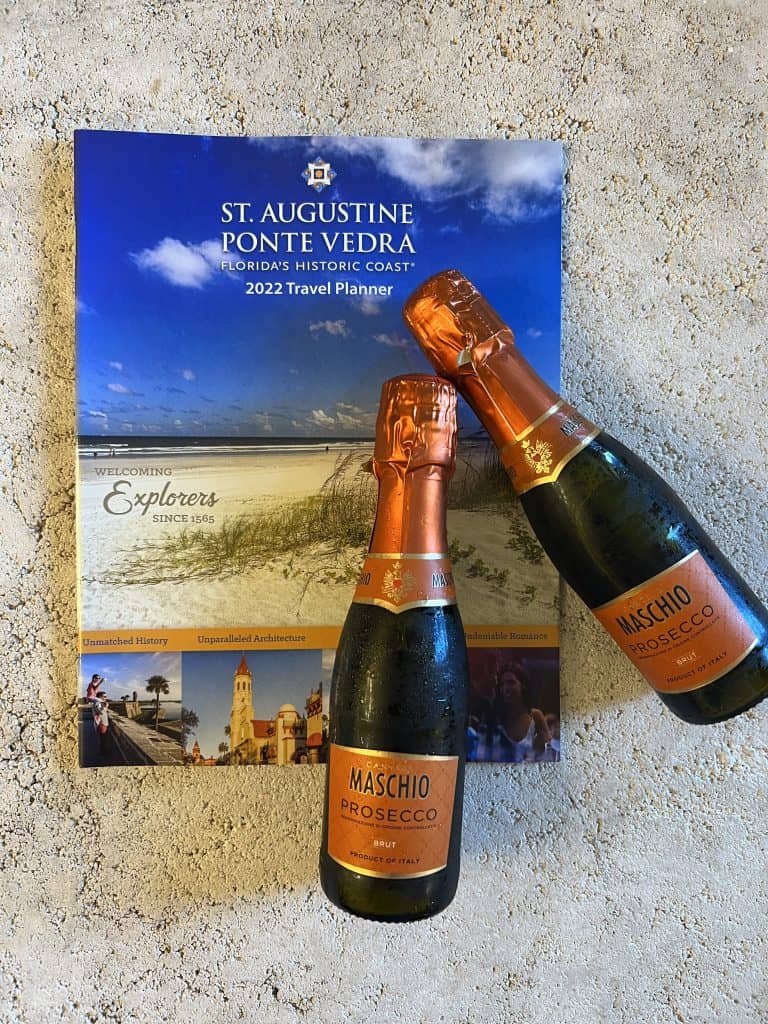
Our family was given a media pass from Florida’s Historic Coast to many of these attractions; all opinions expressed are my own.


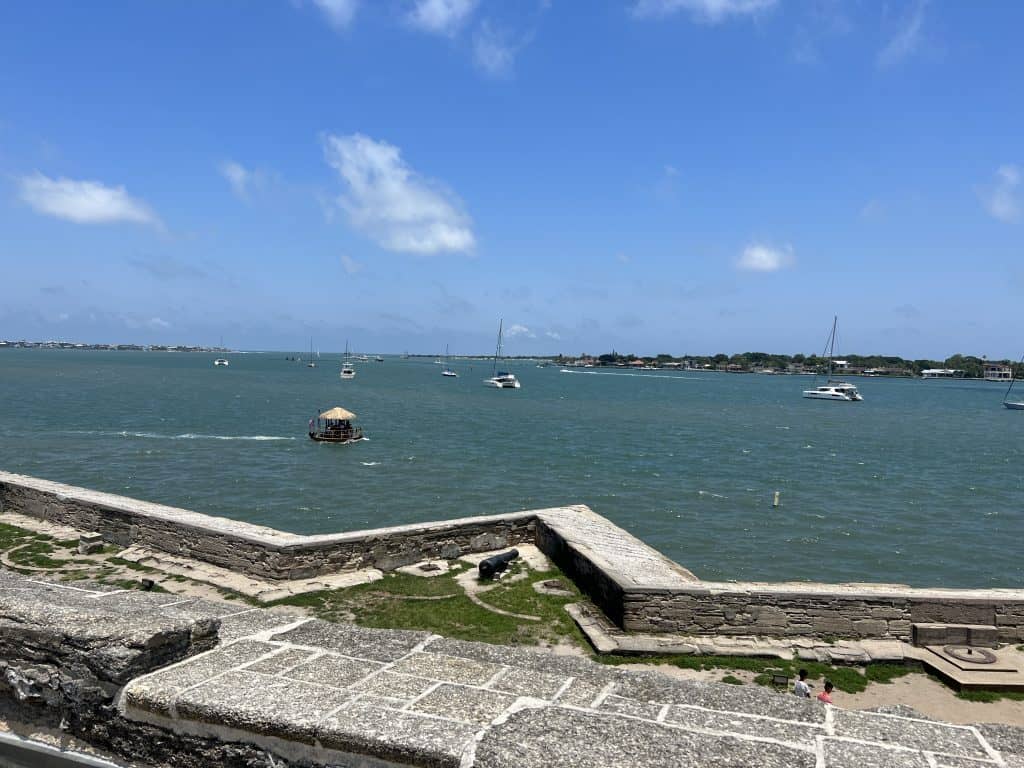

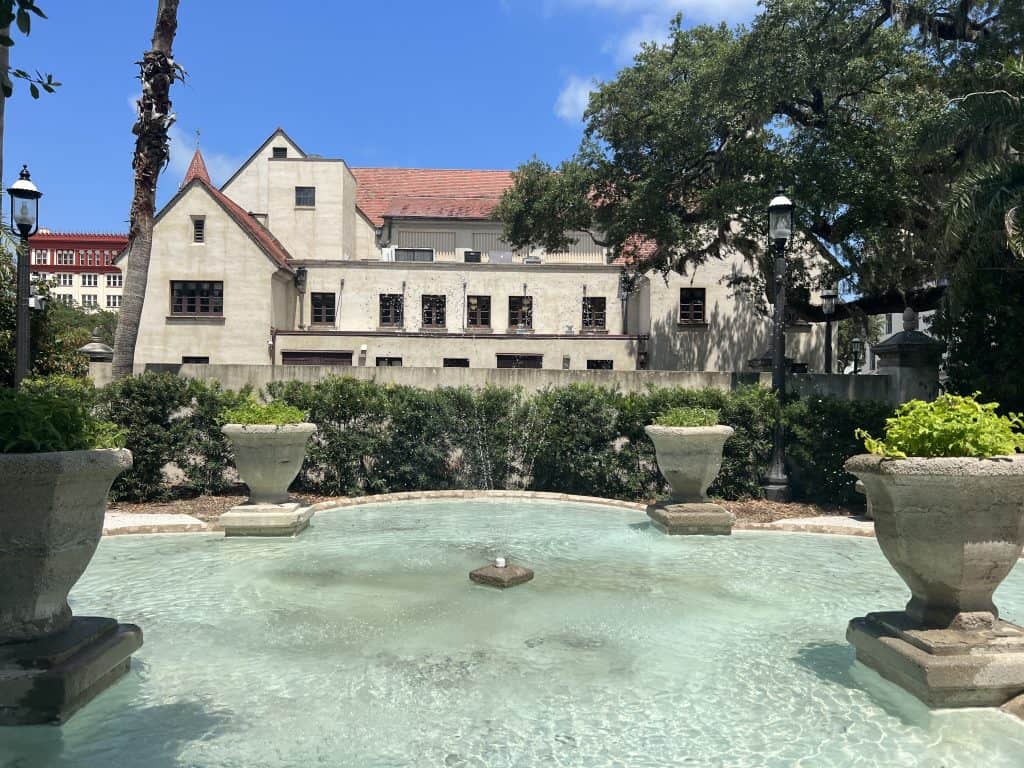
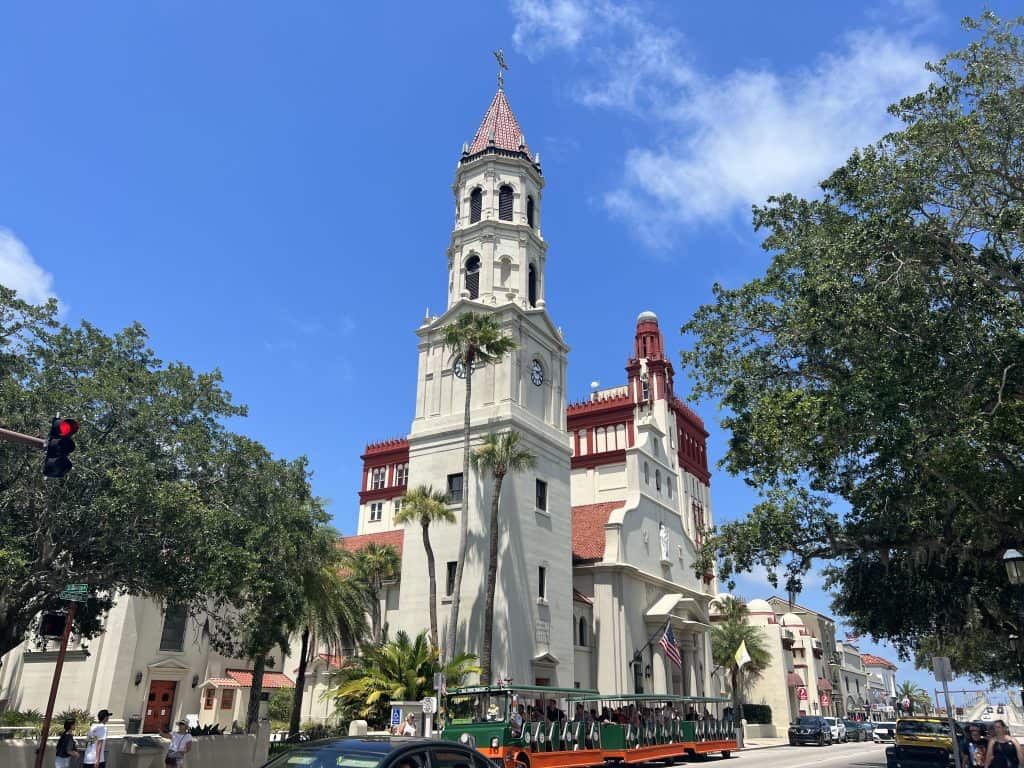
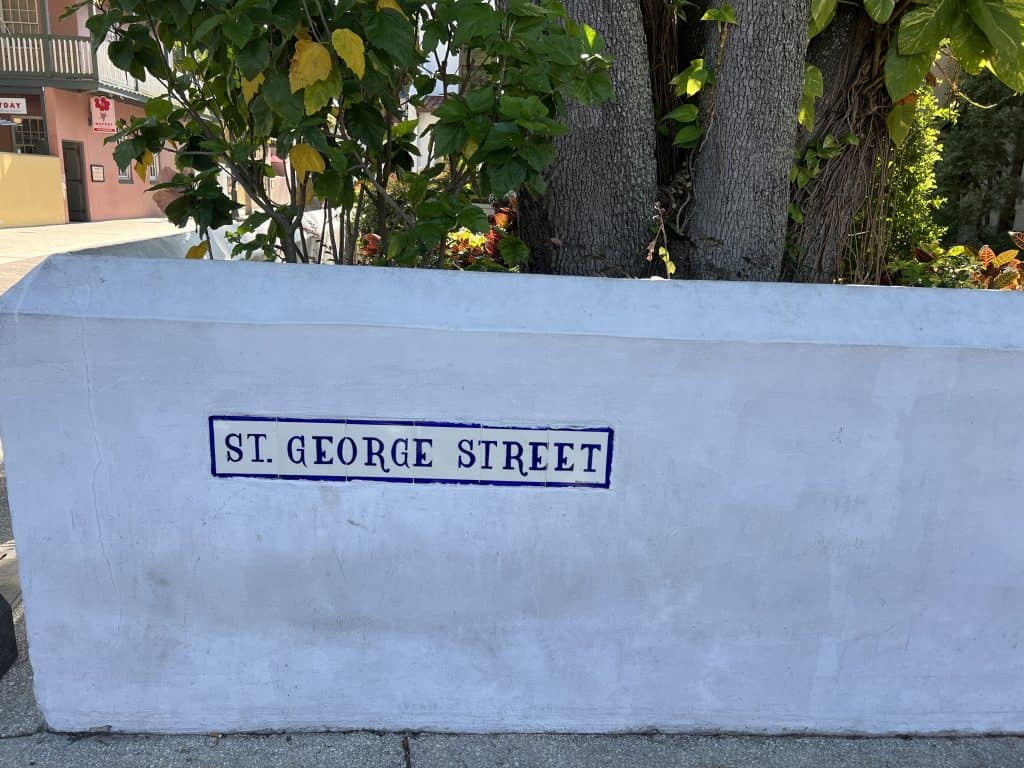
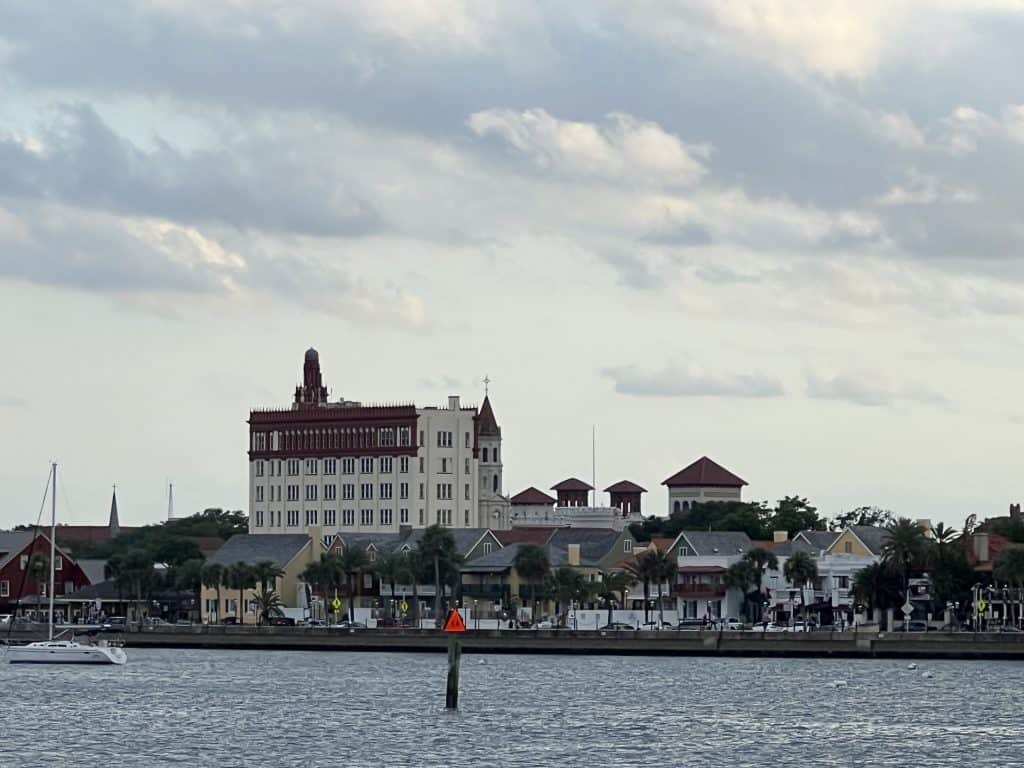
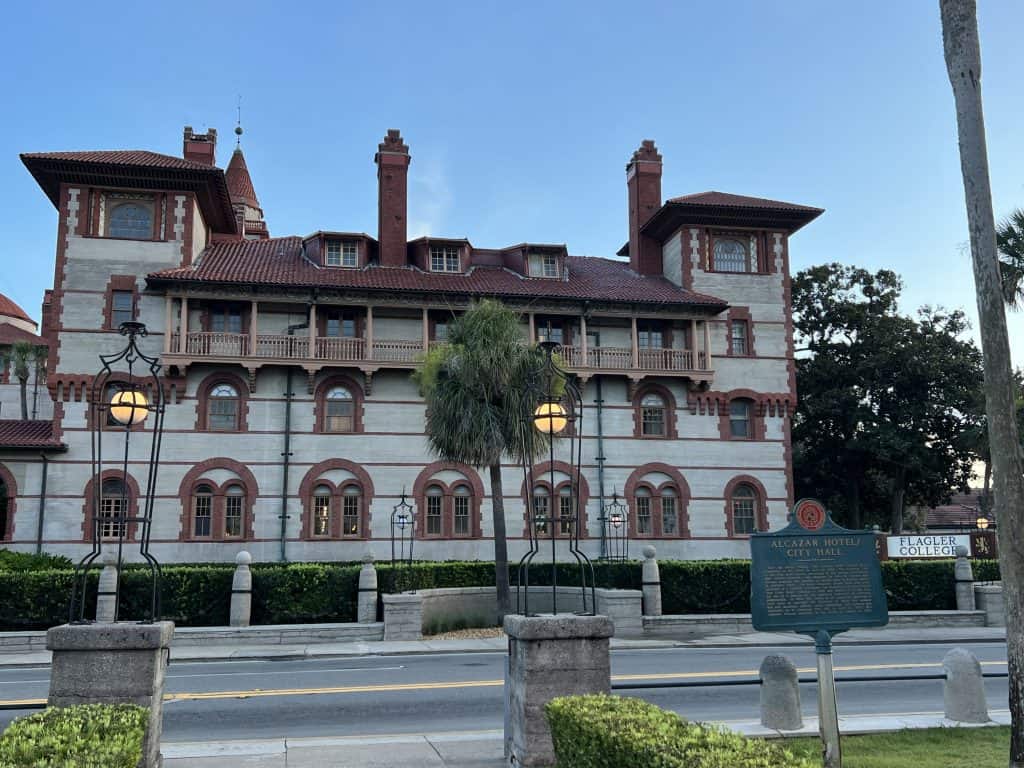


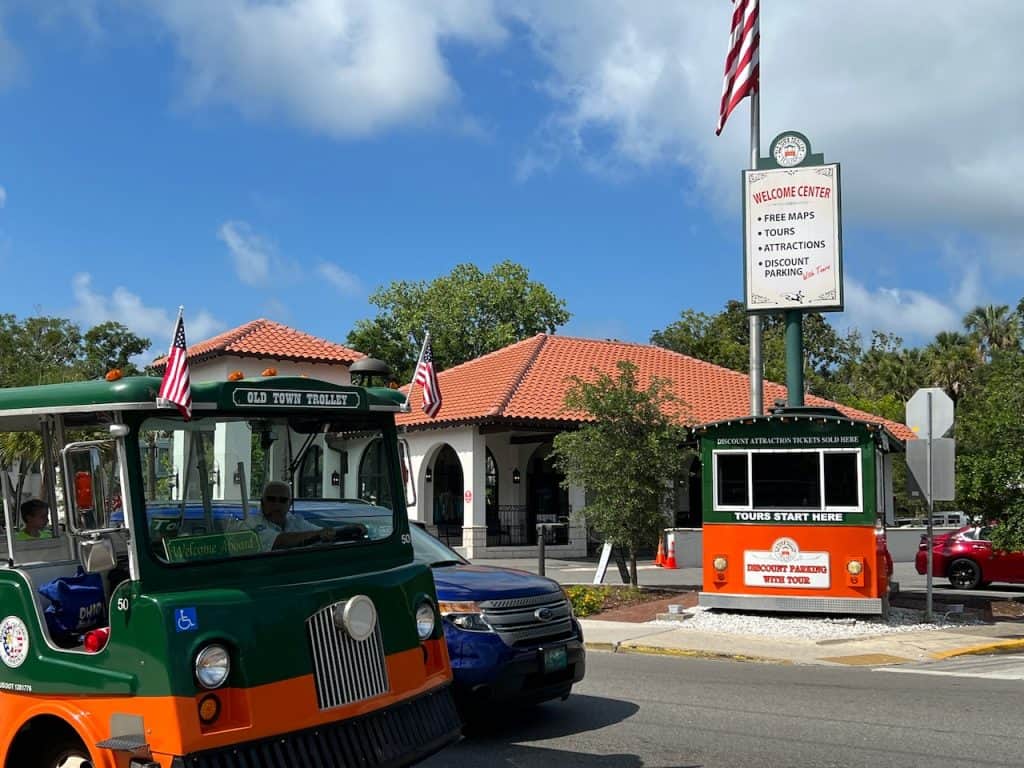
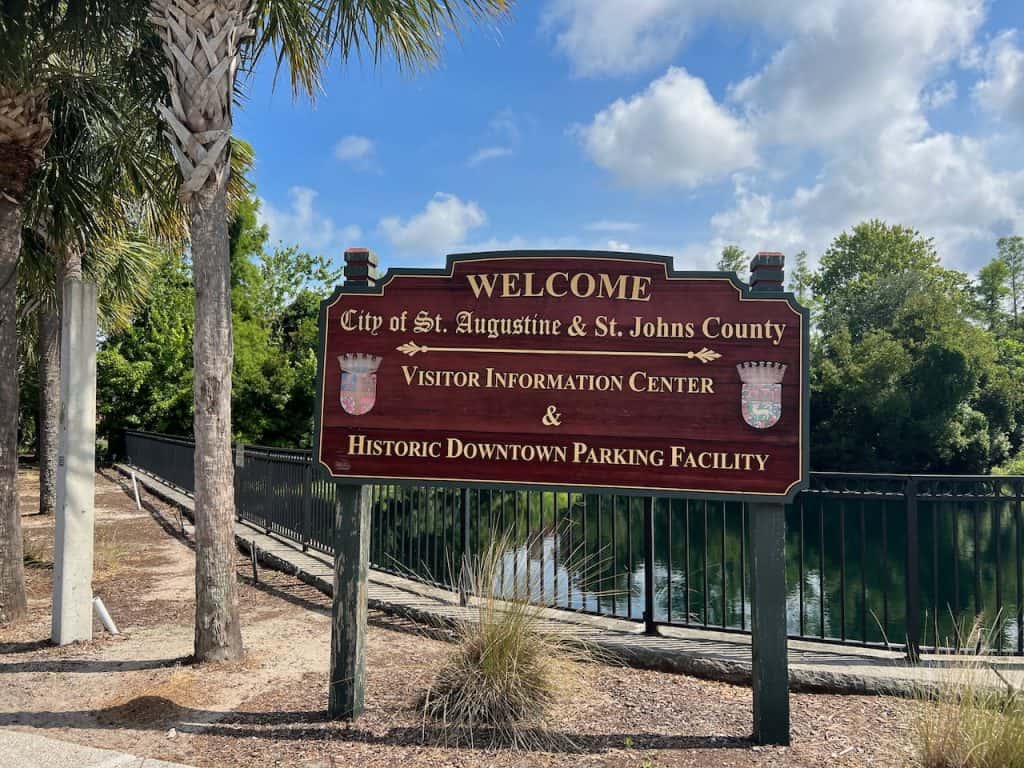
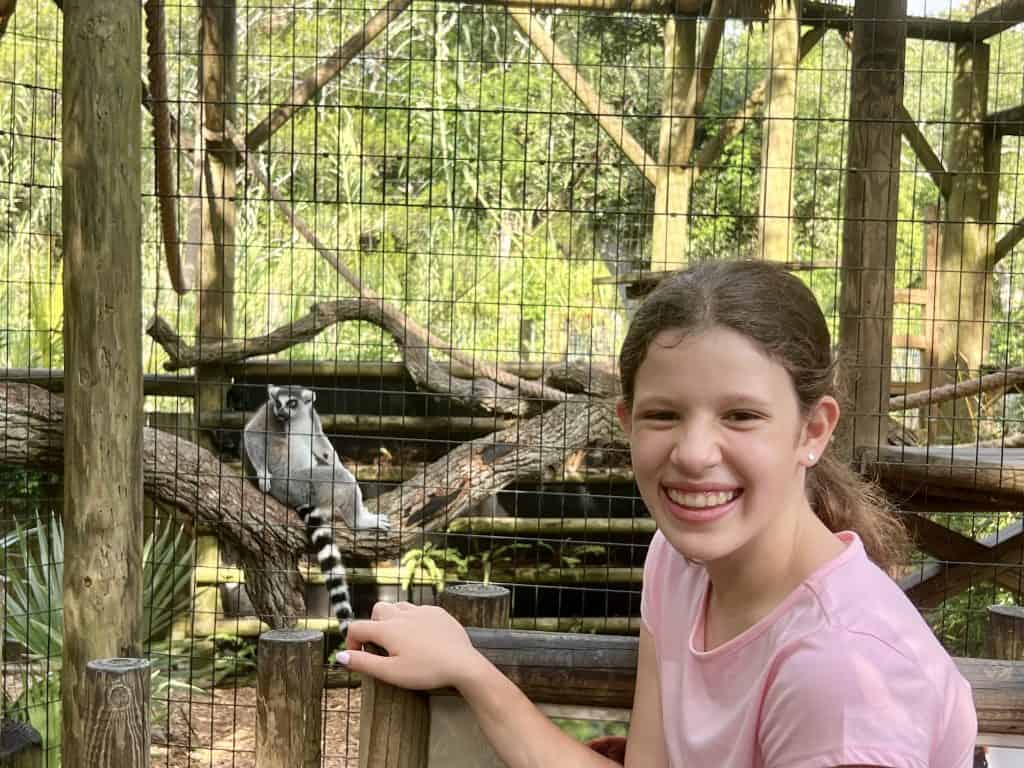
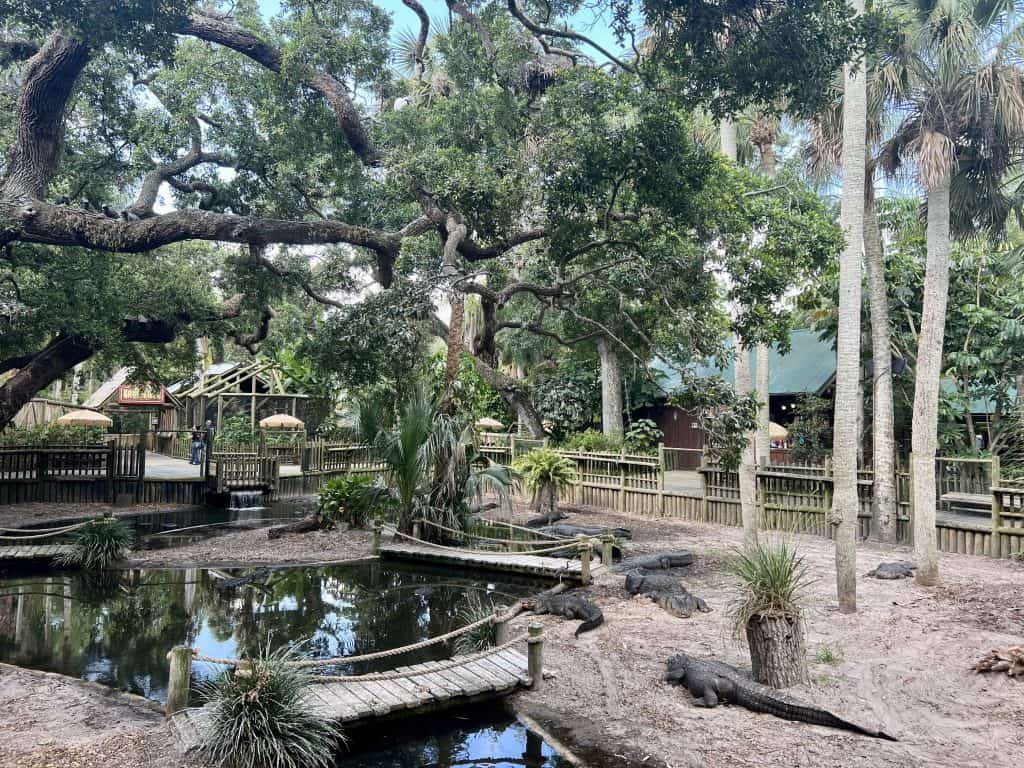
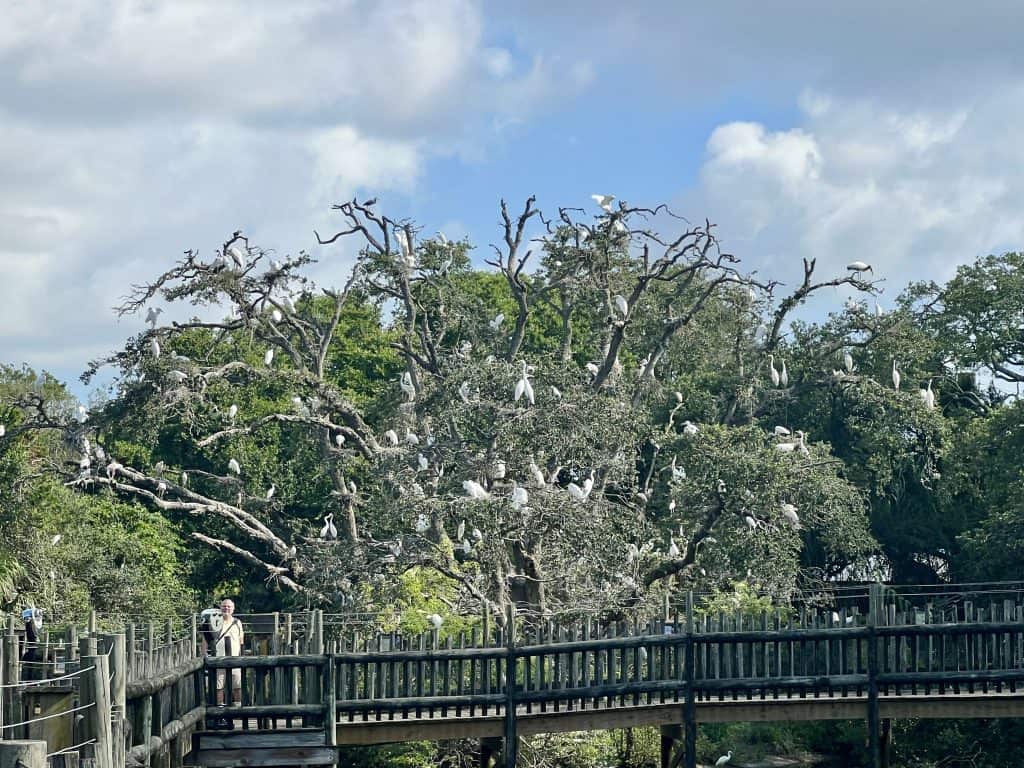

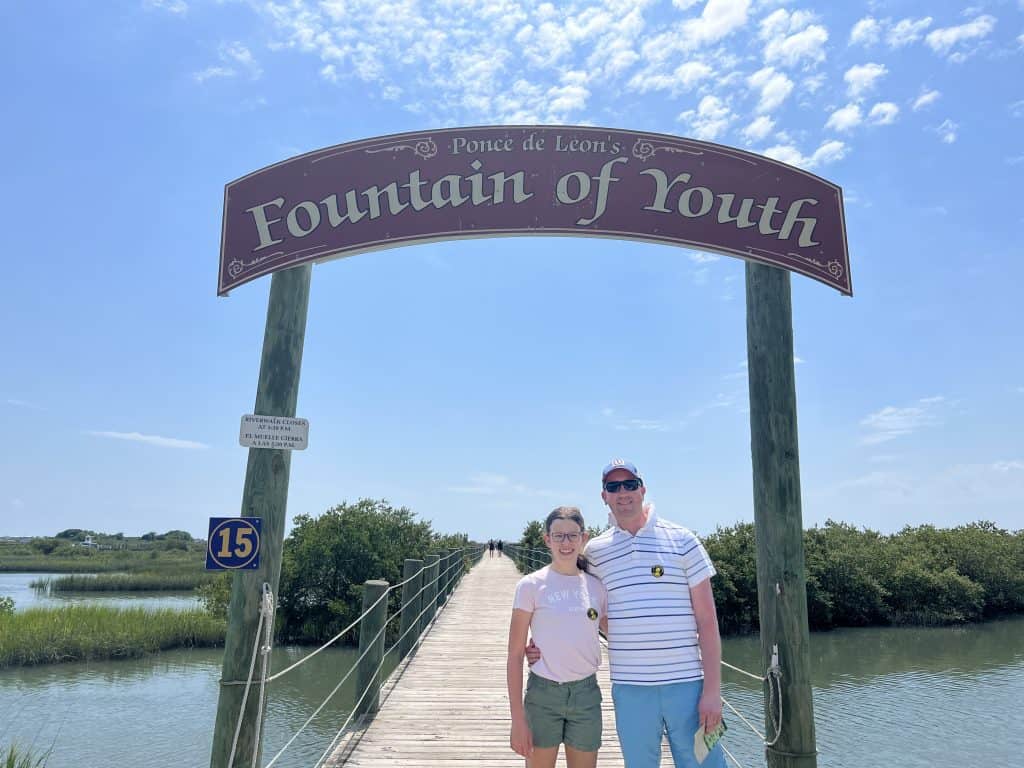
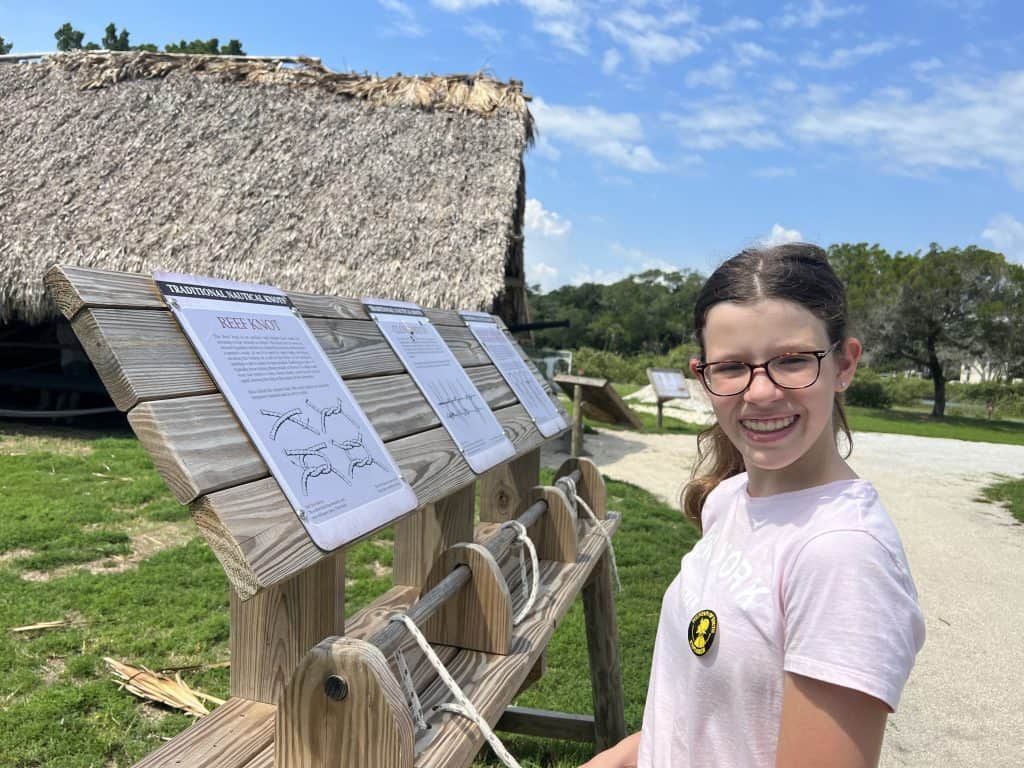

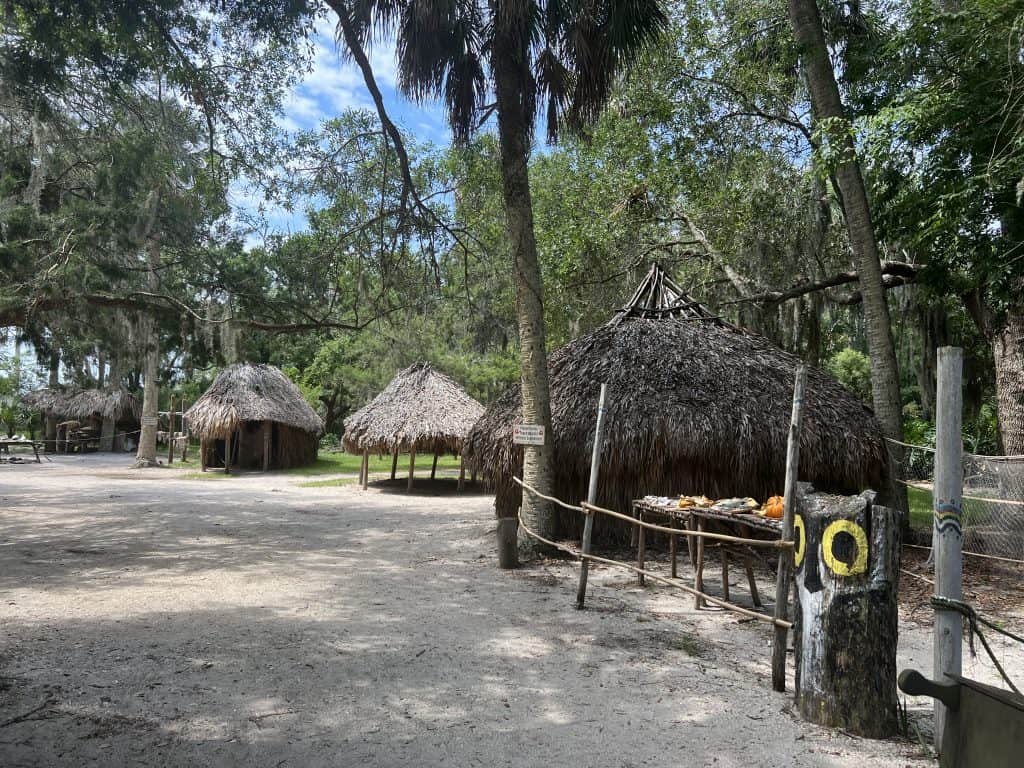
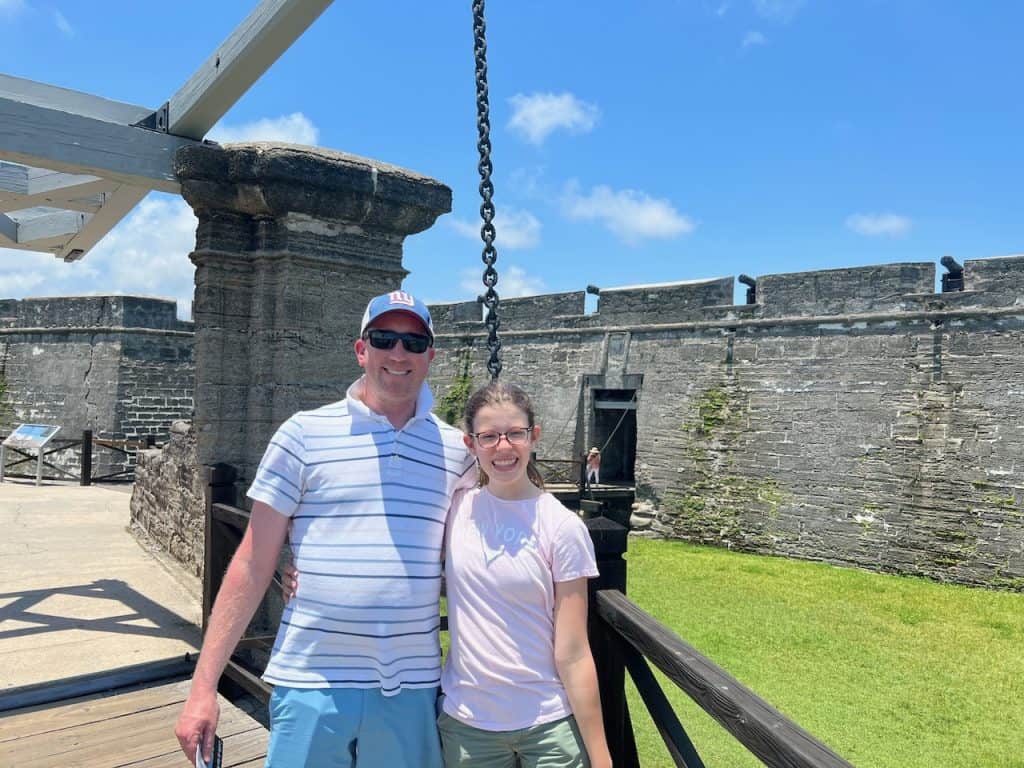
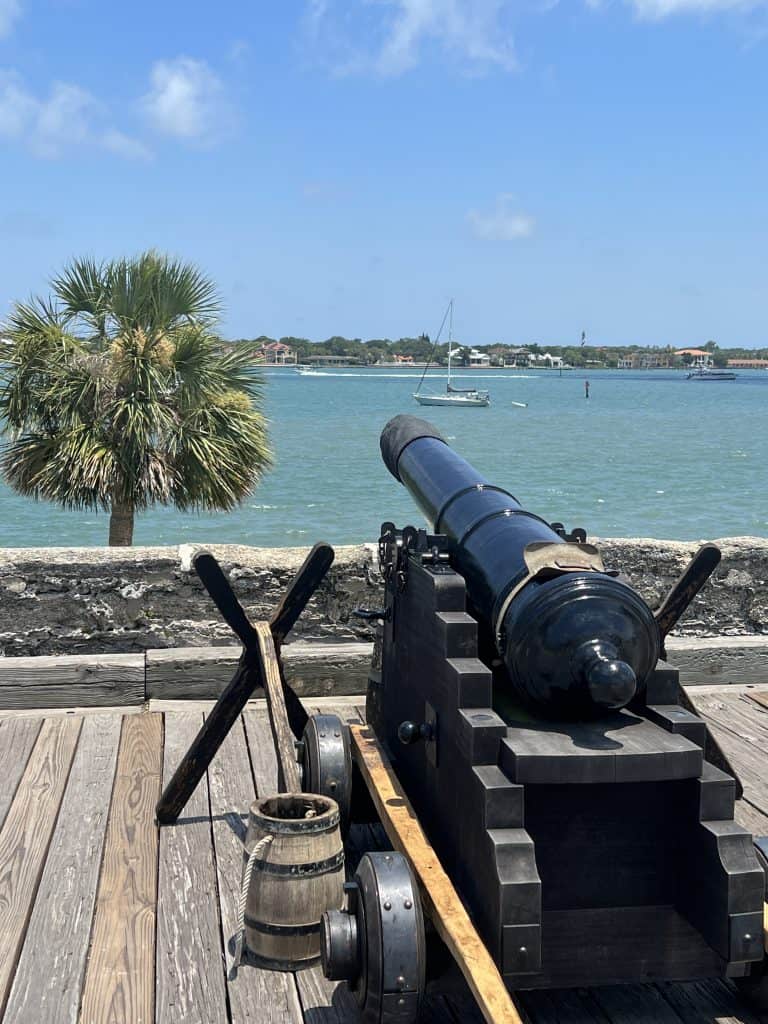
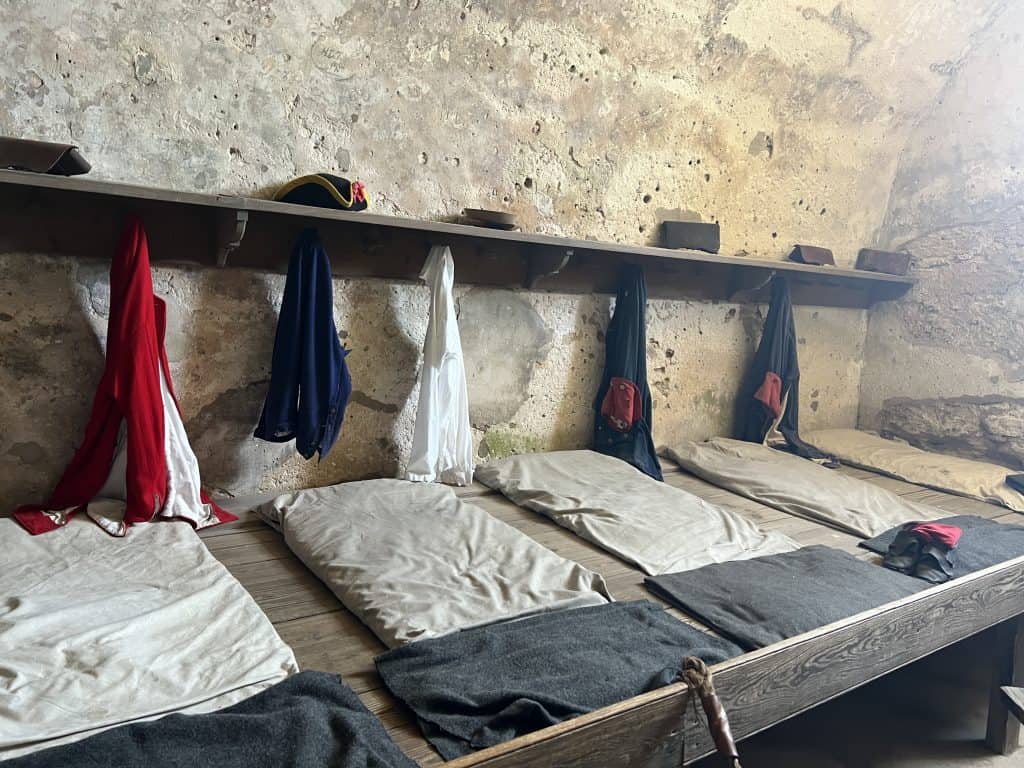
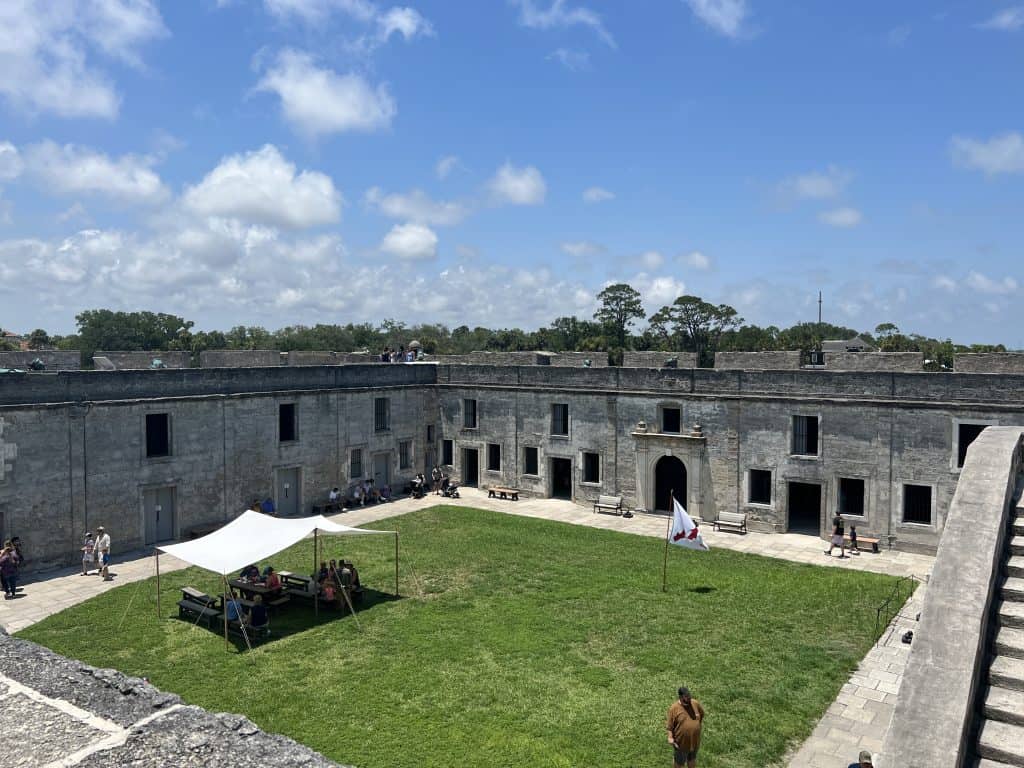

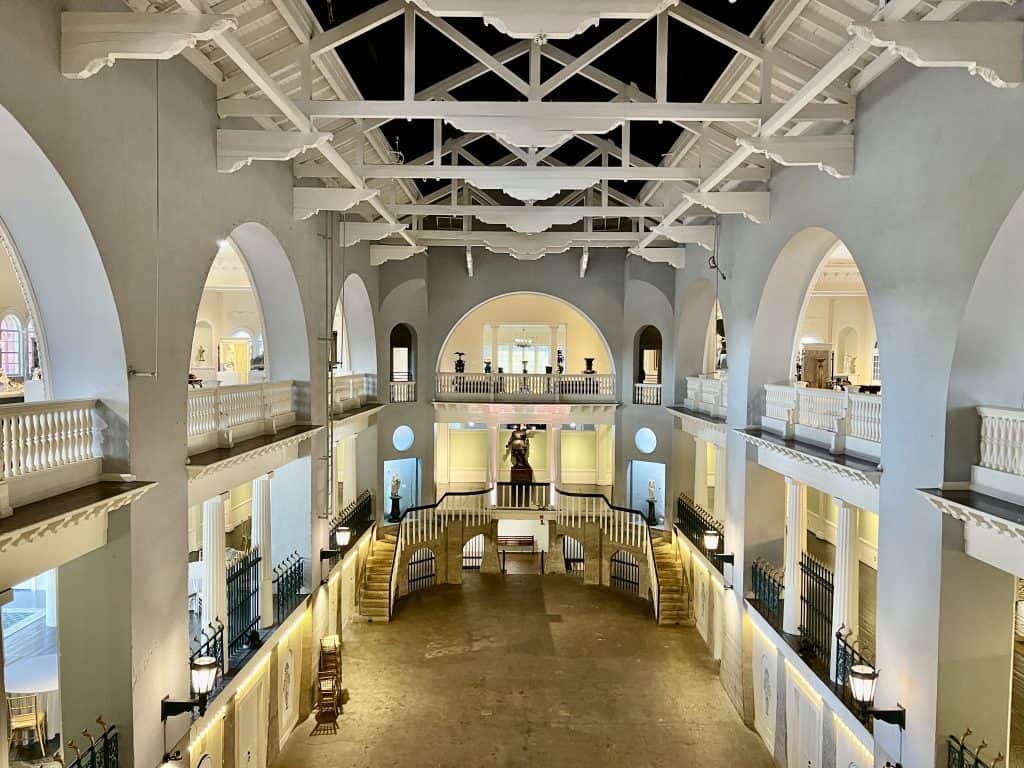
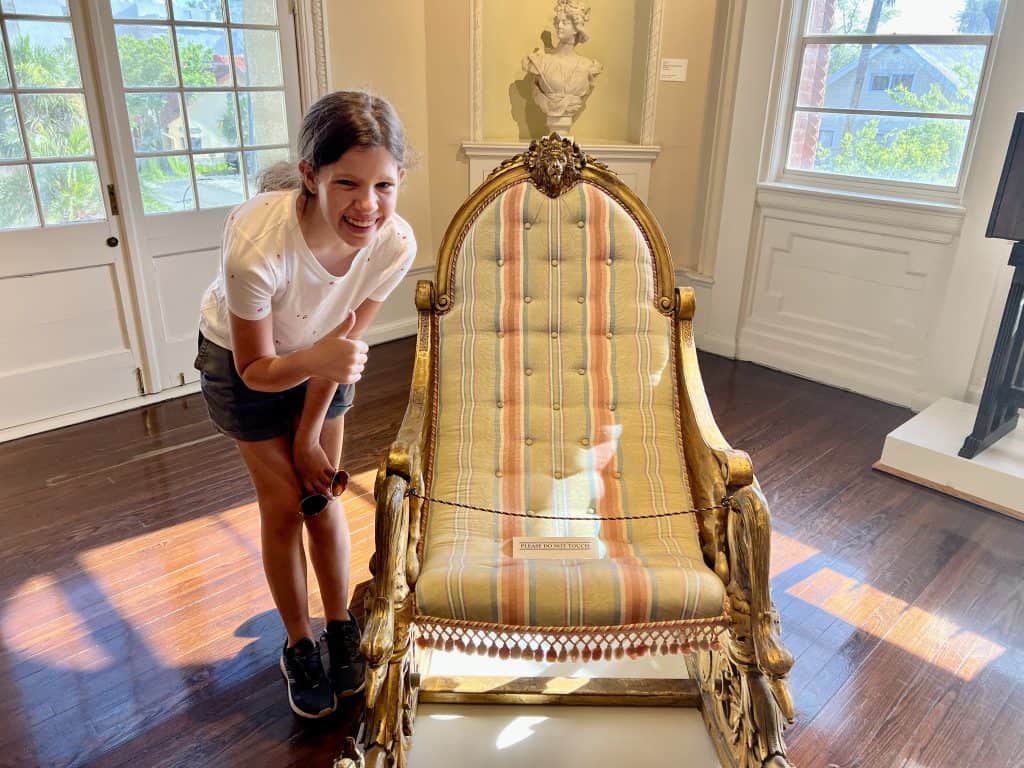
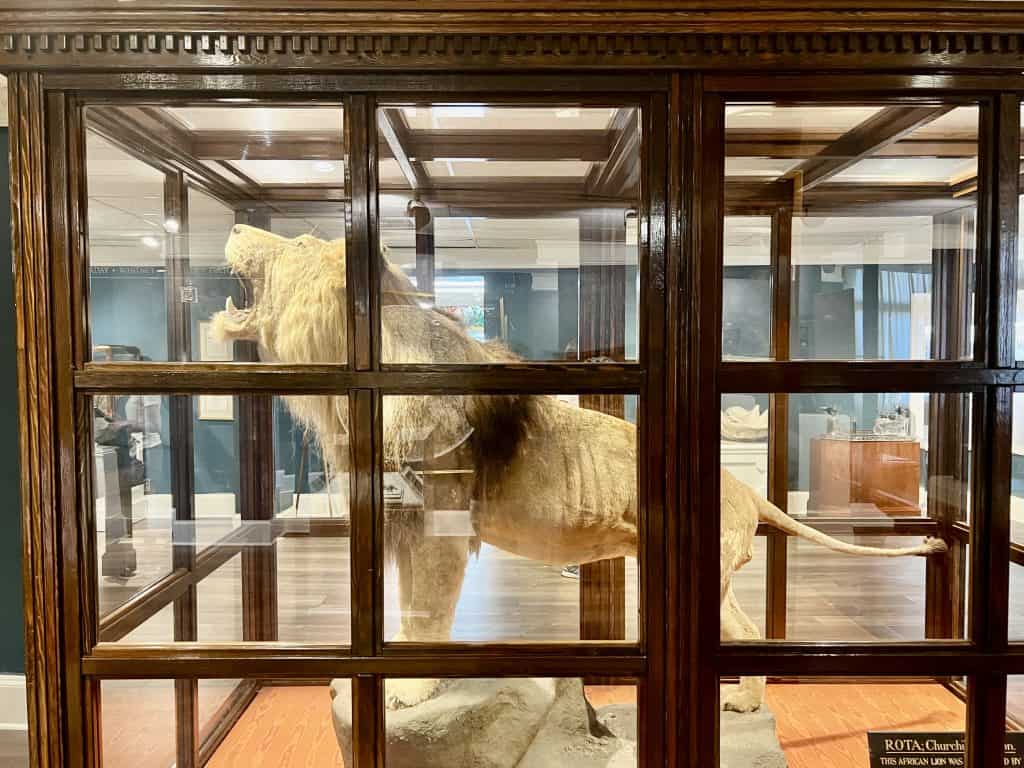

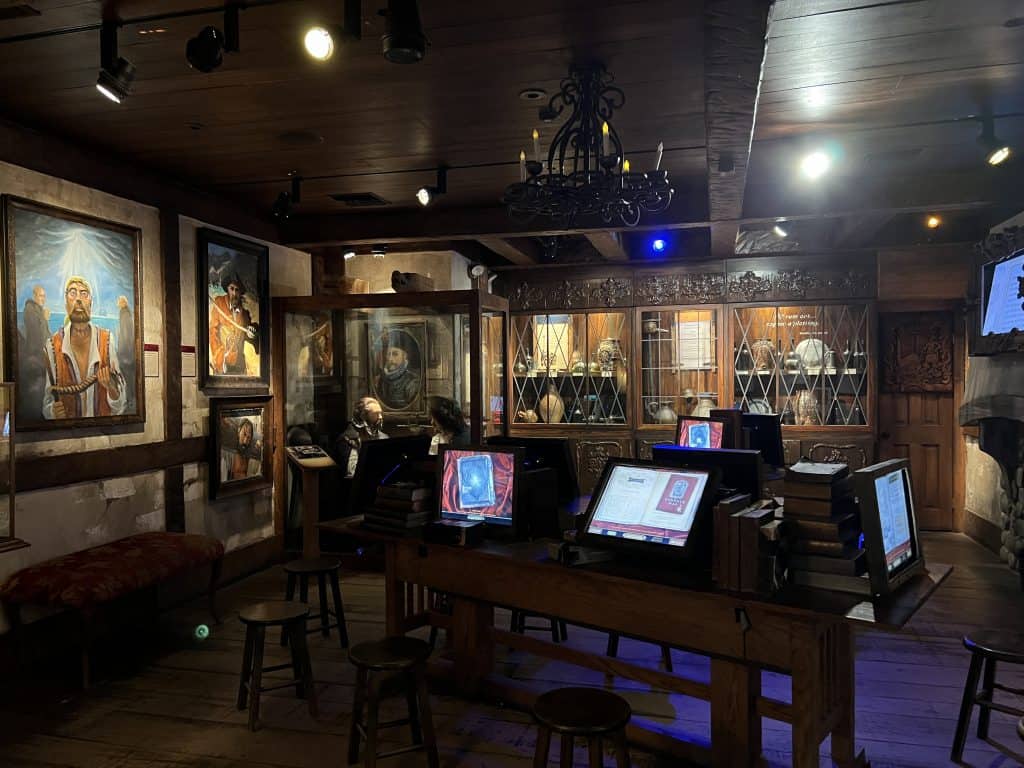
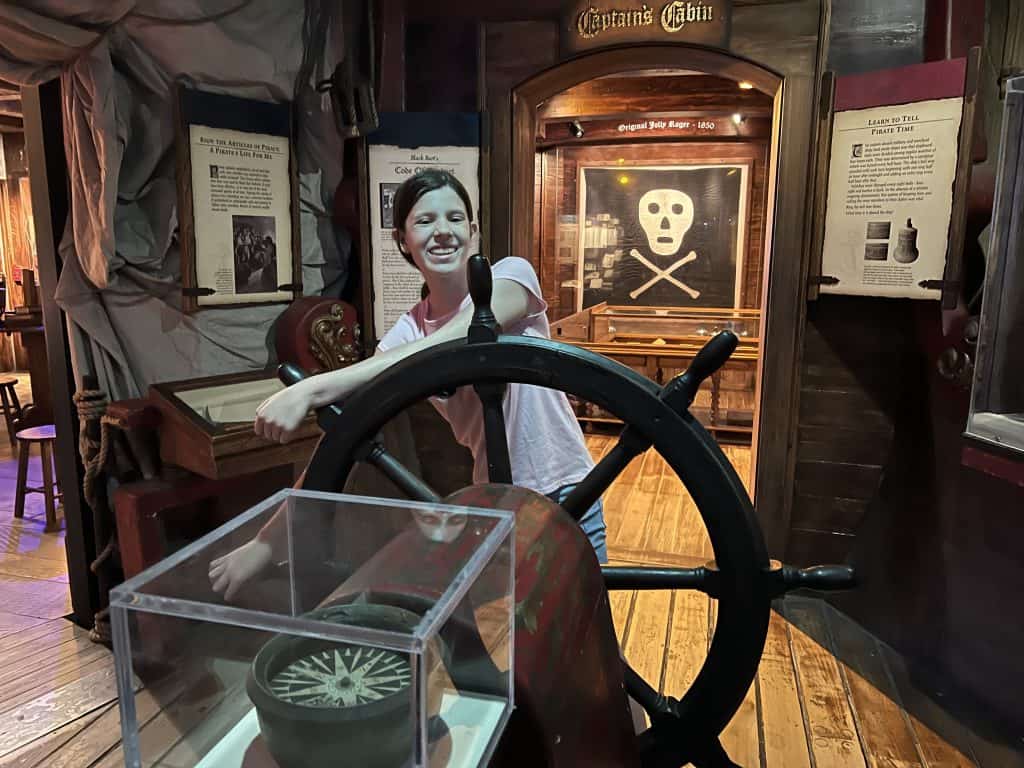
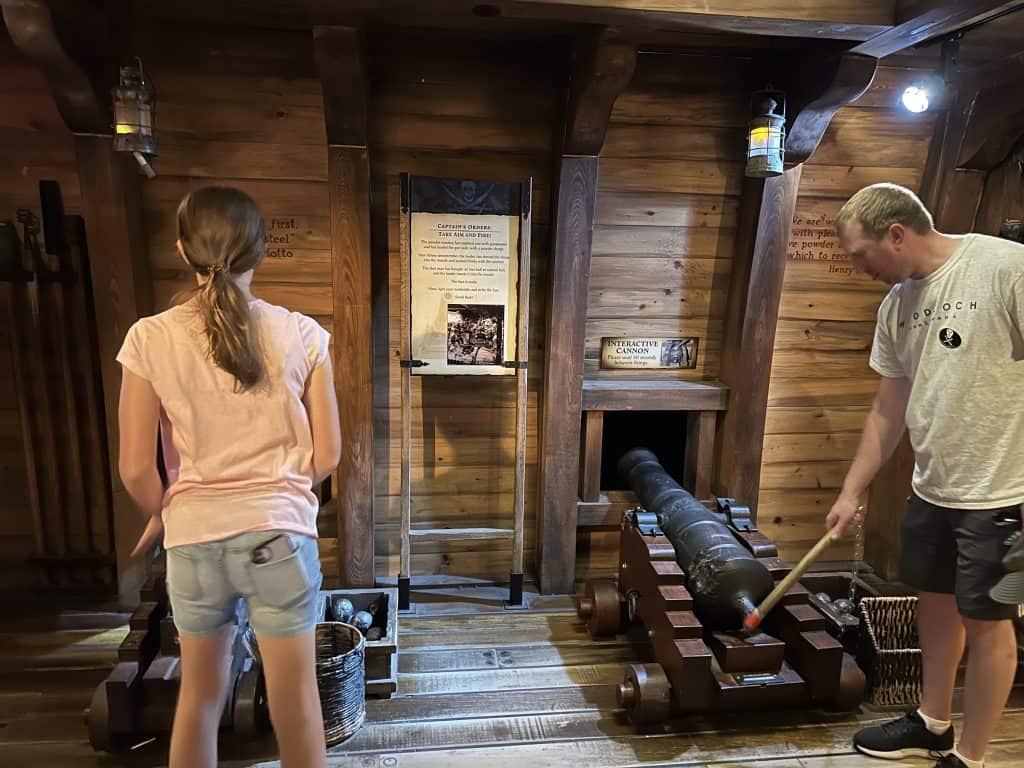

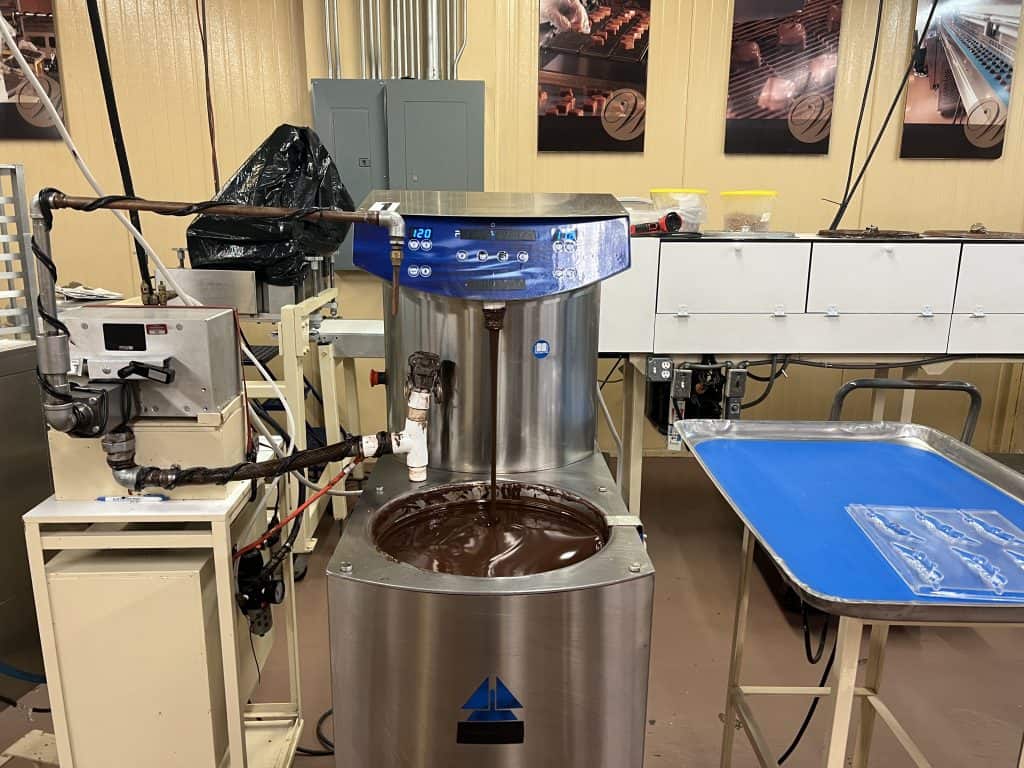
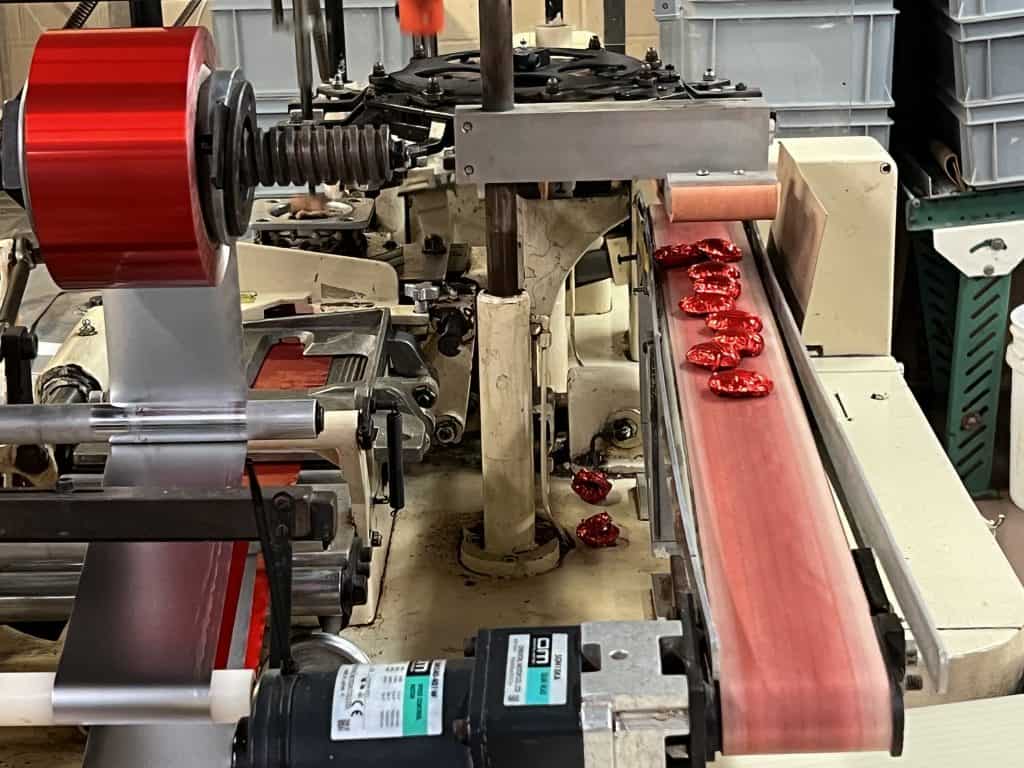

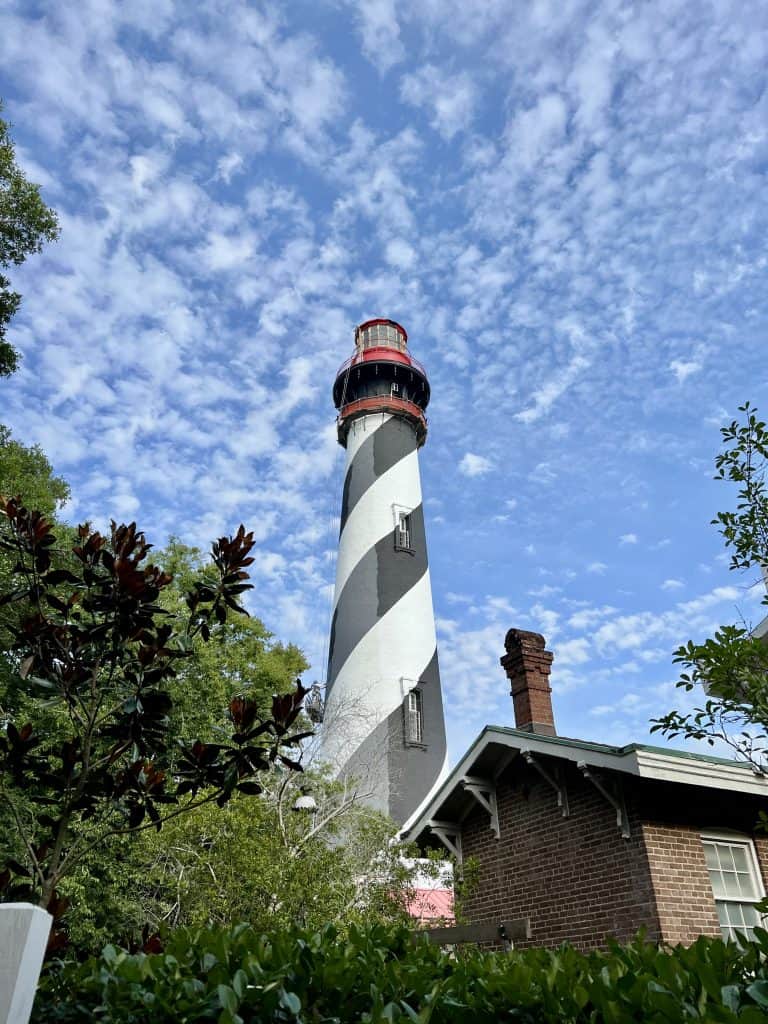
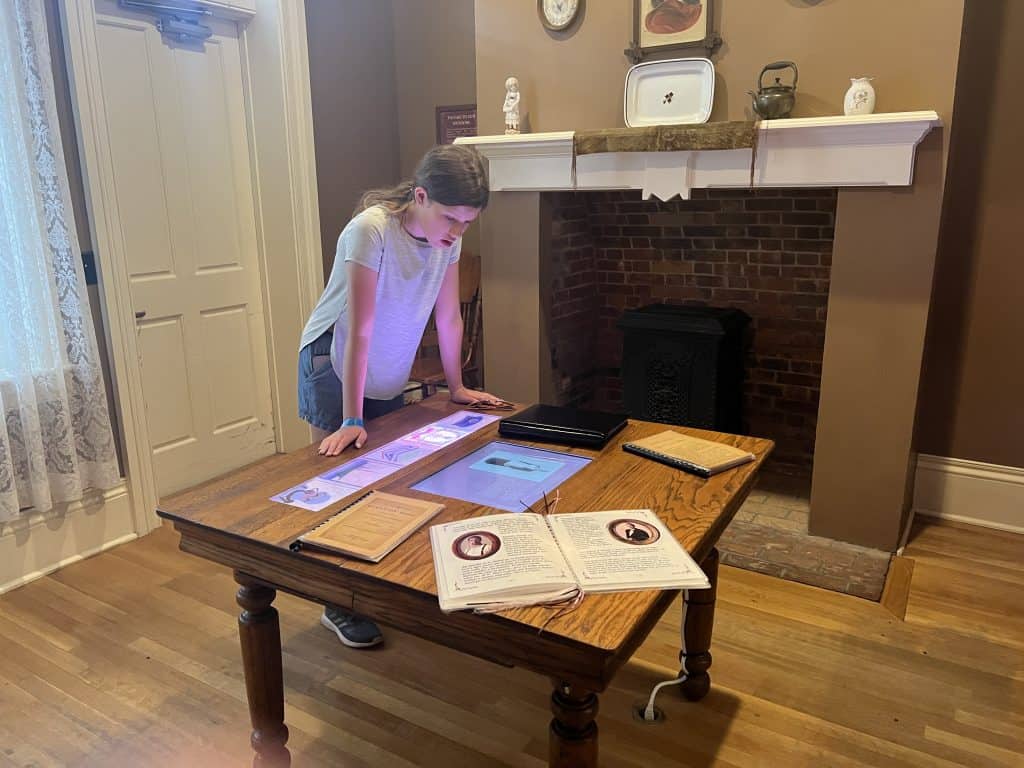
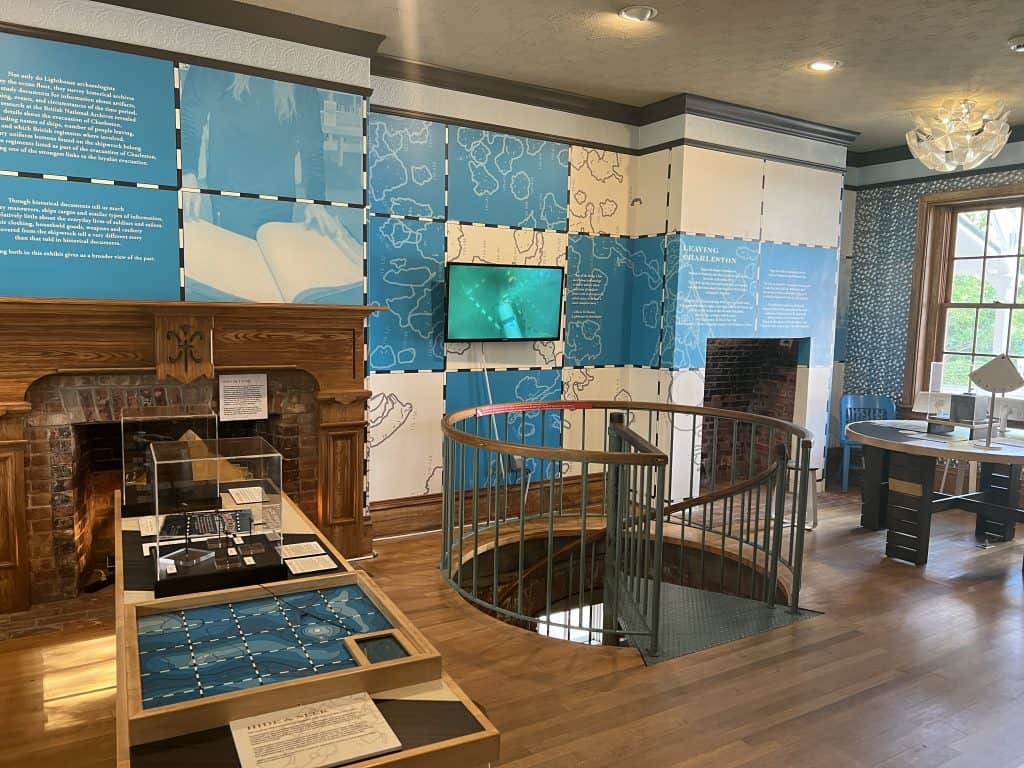
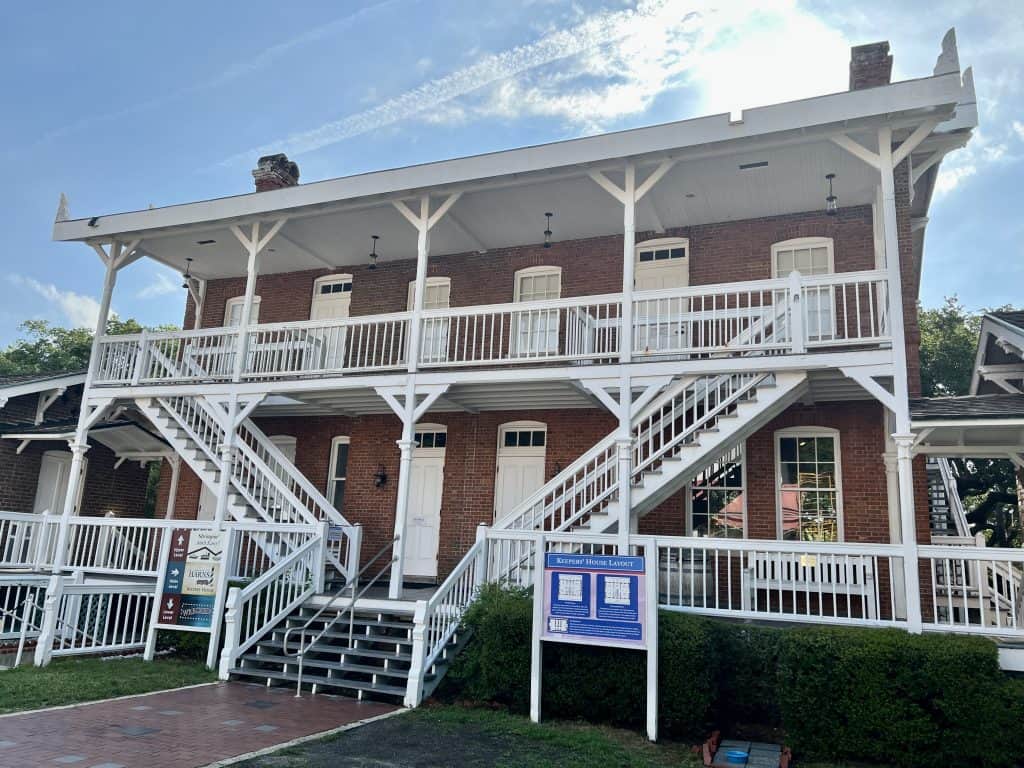
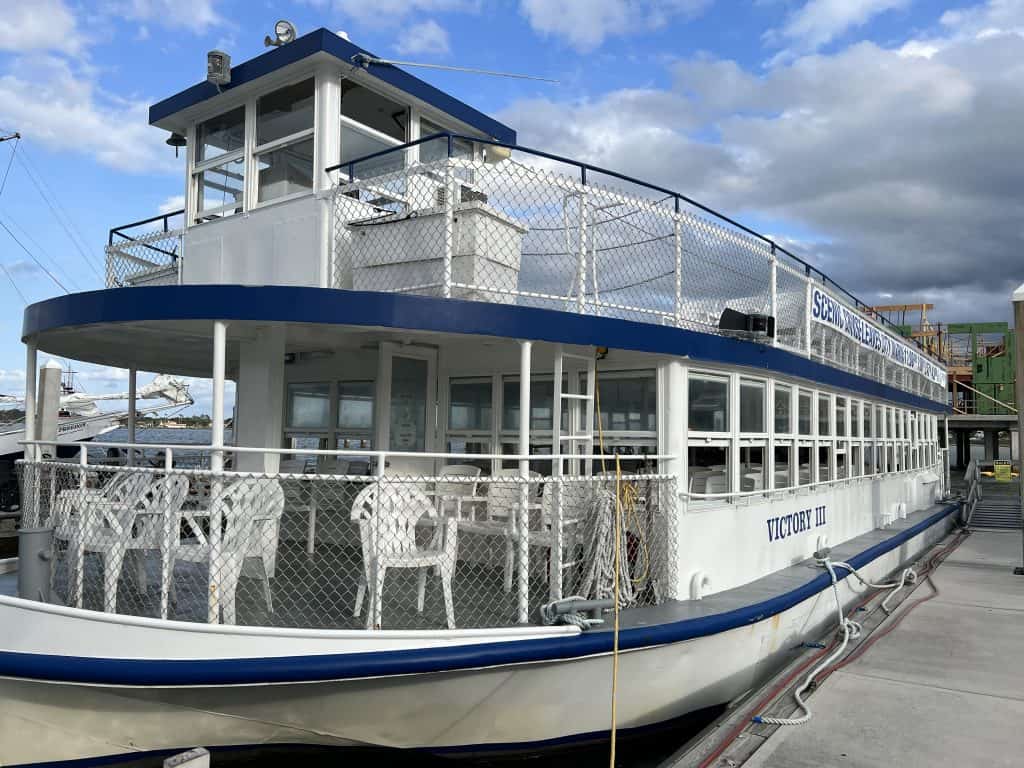
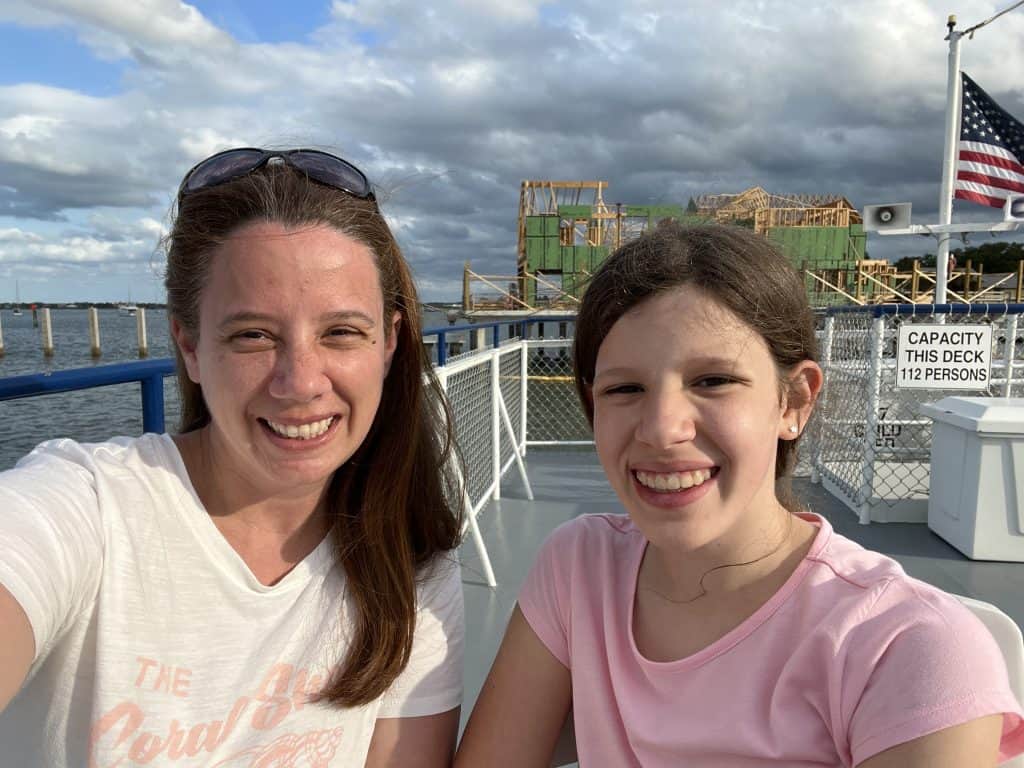
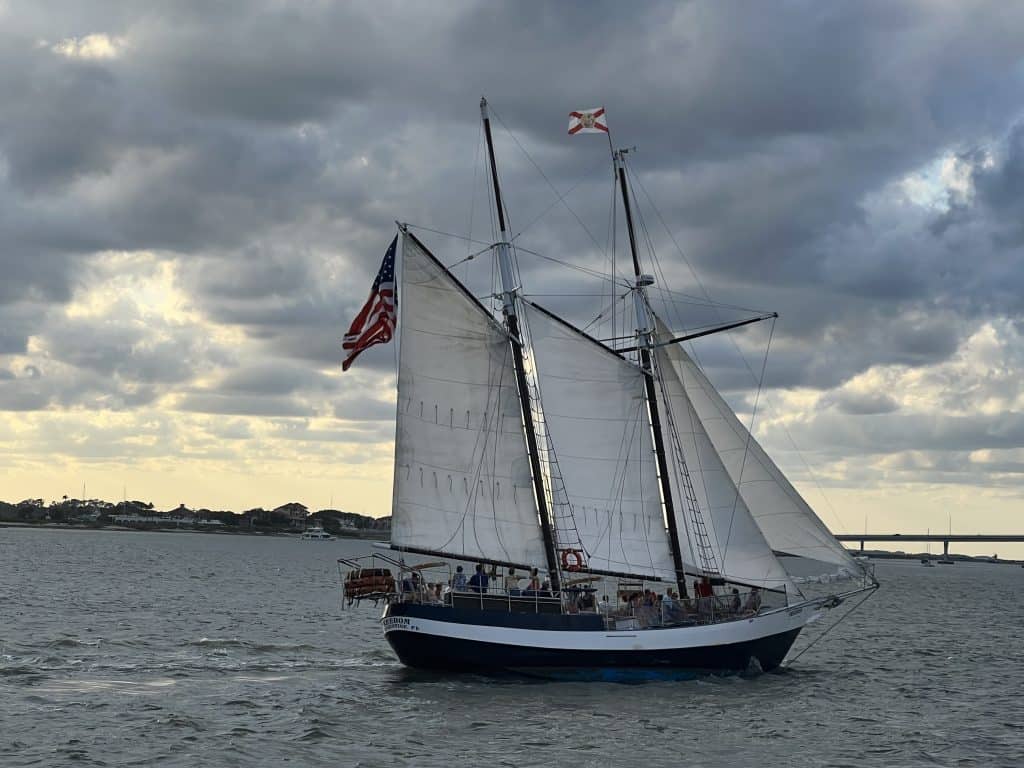
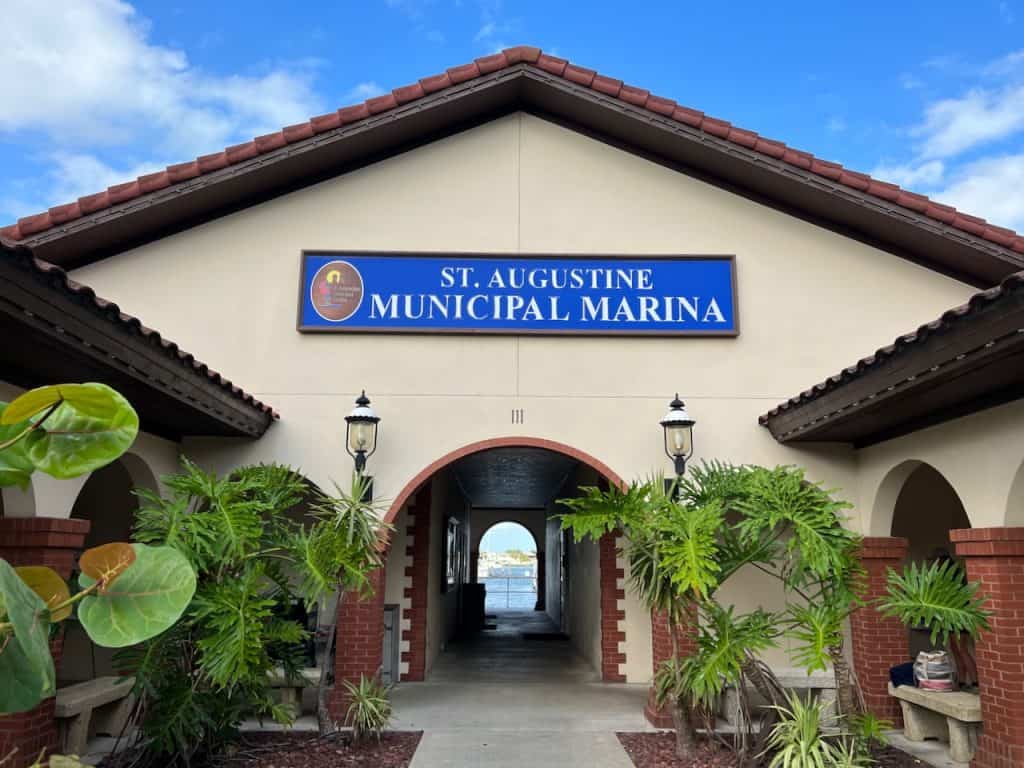
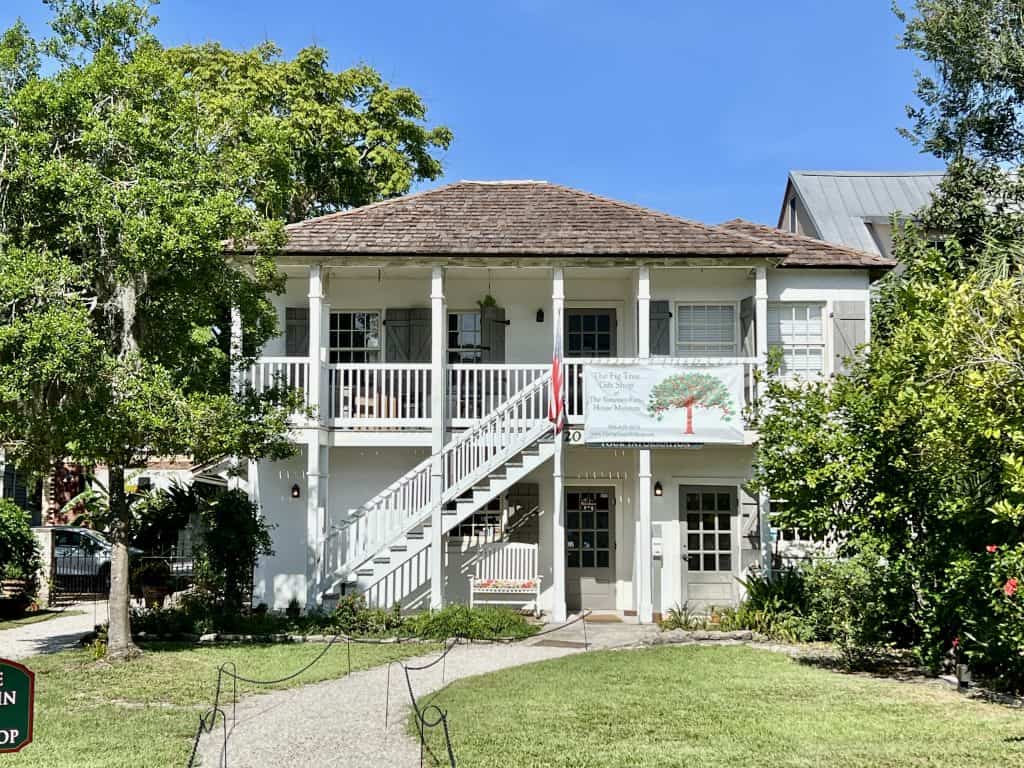

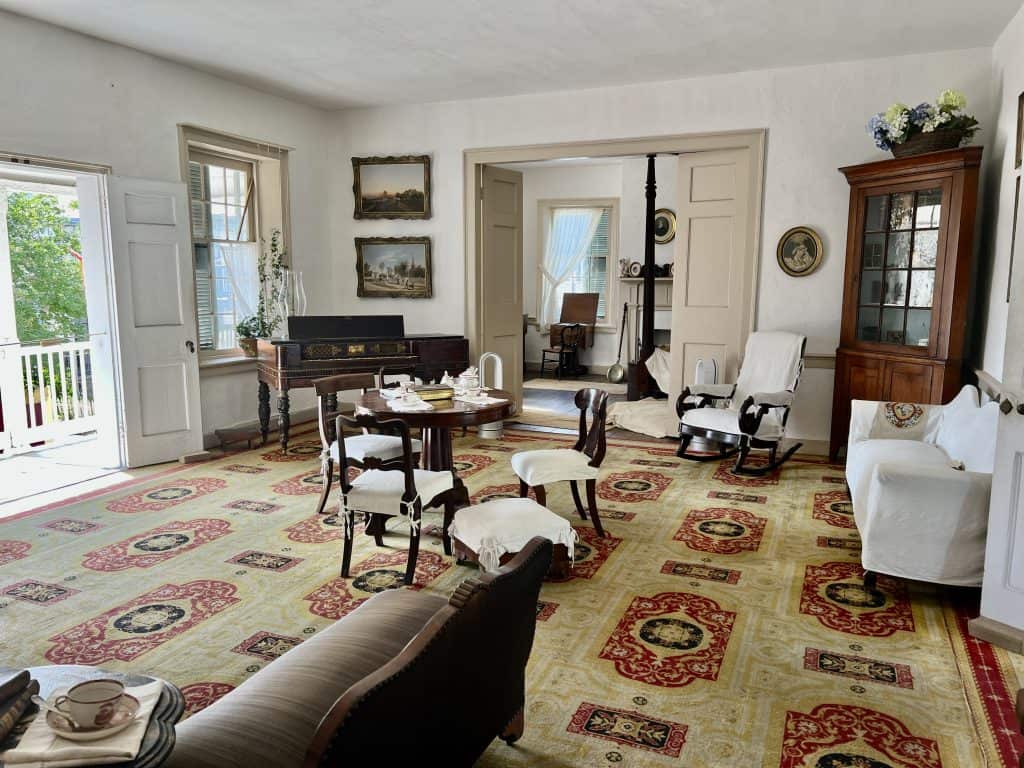
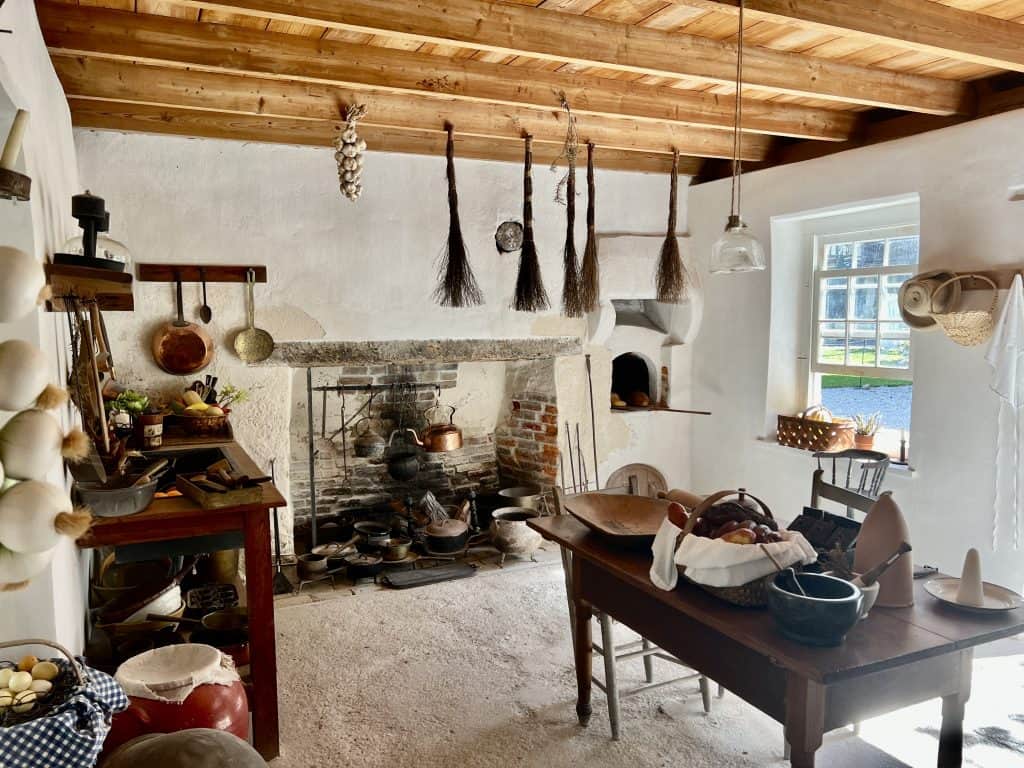
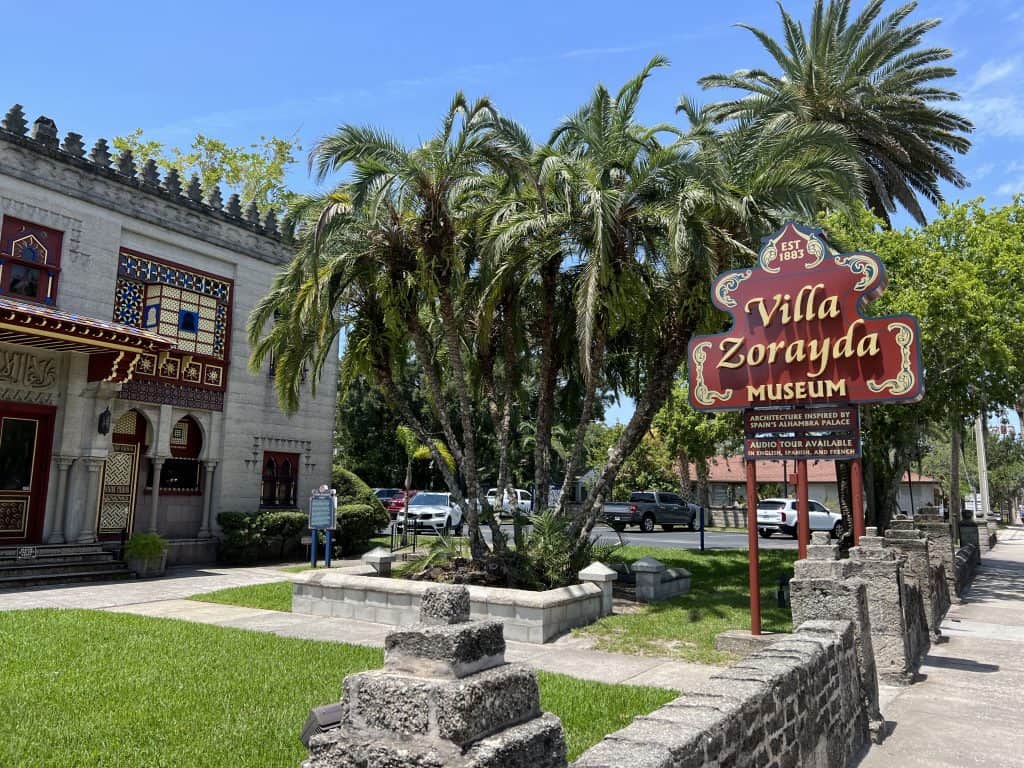
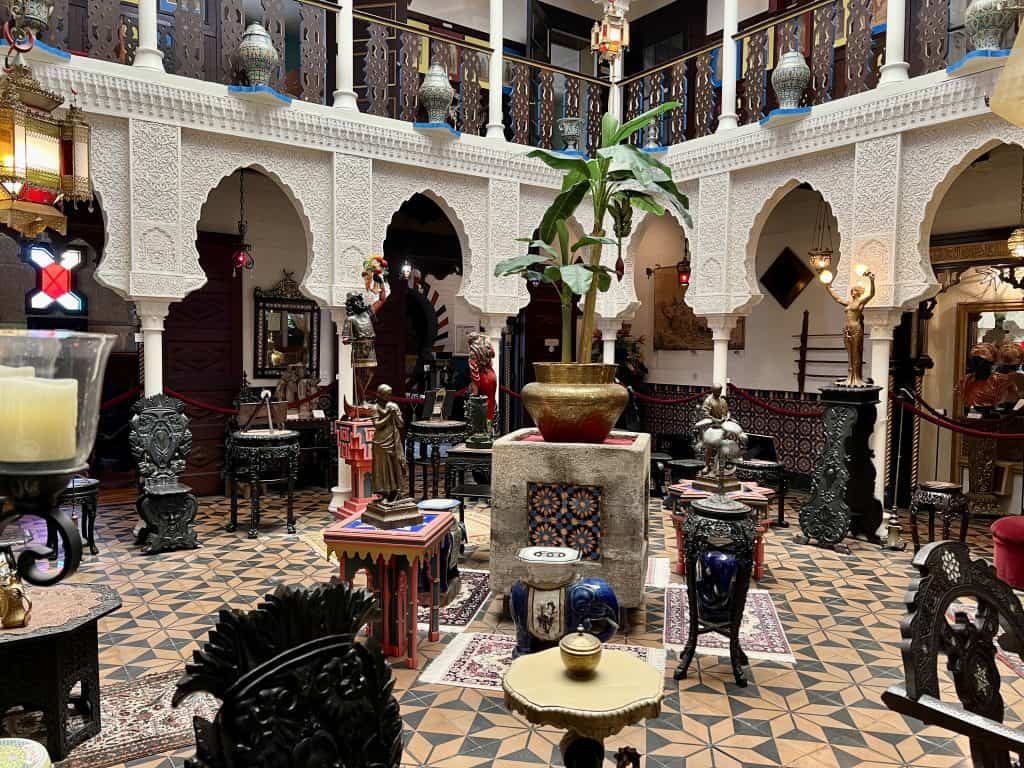

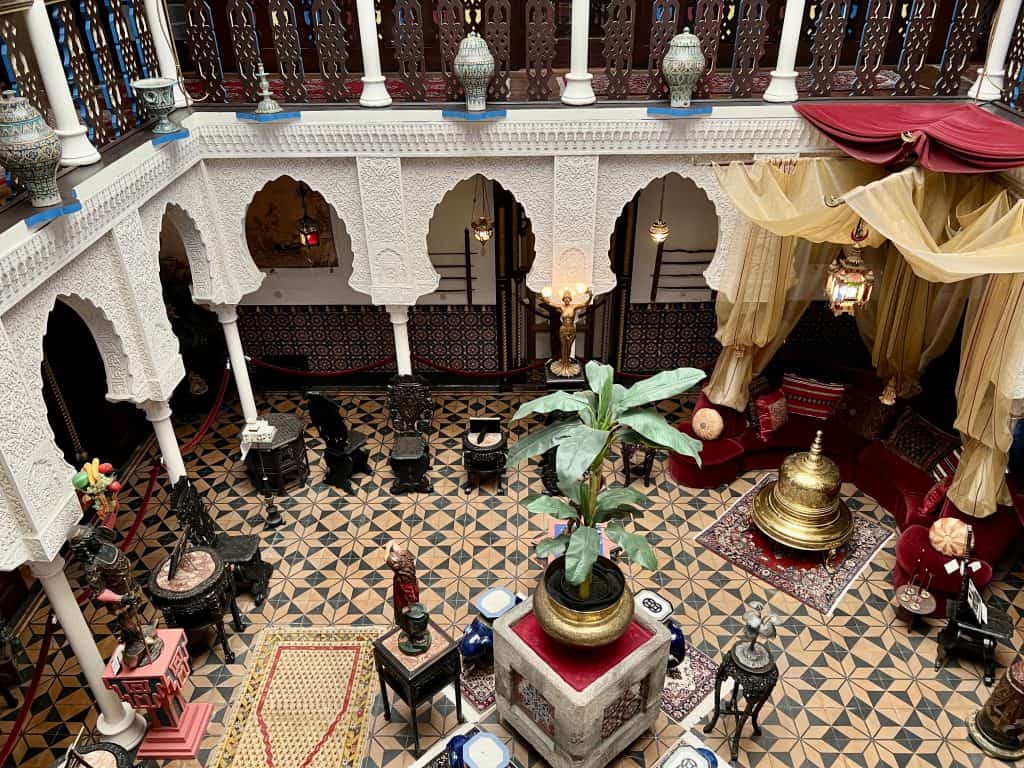
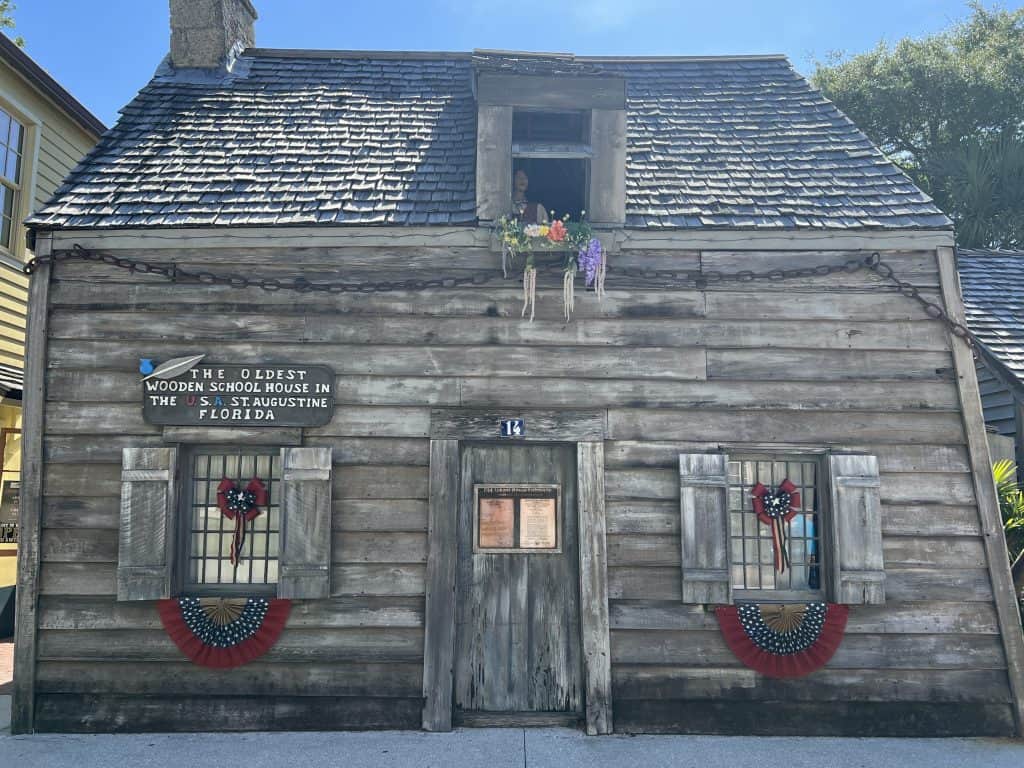
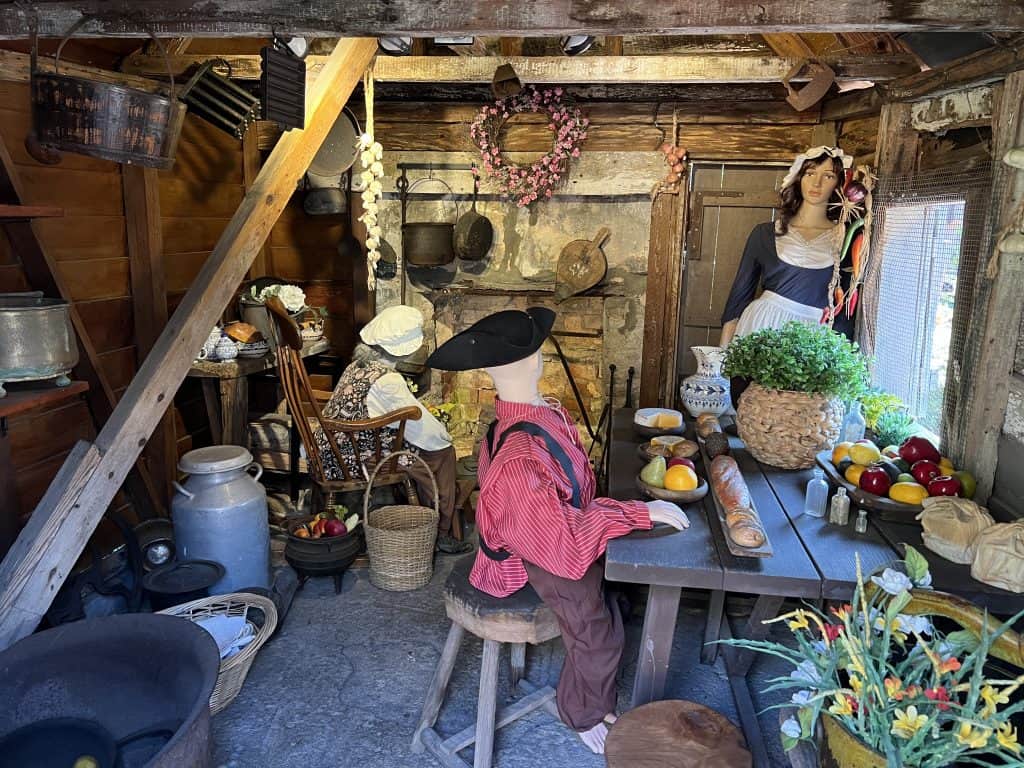
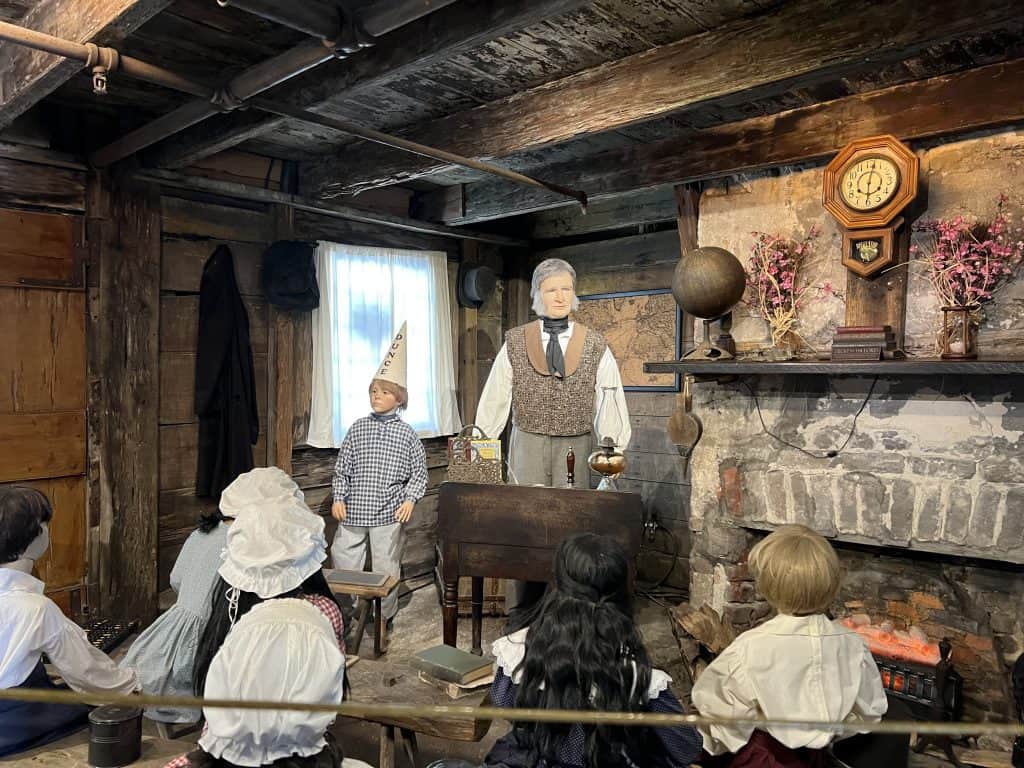
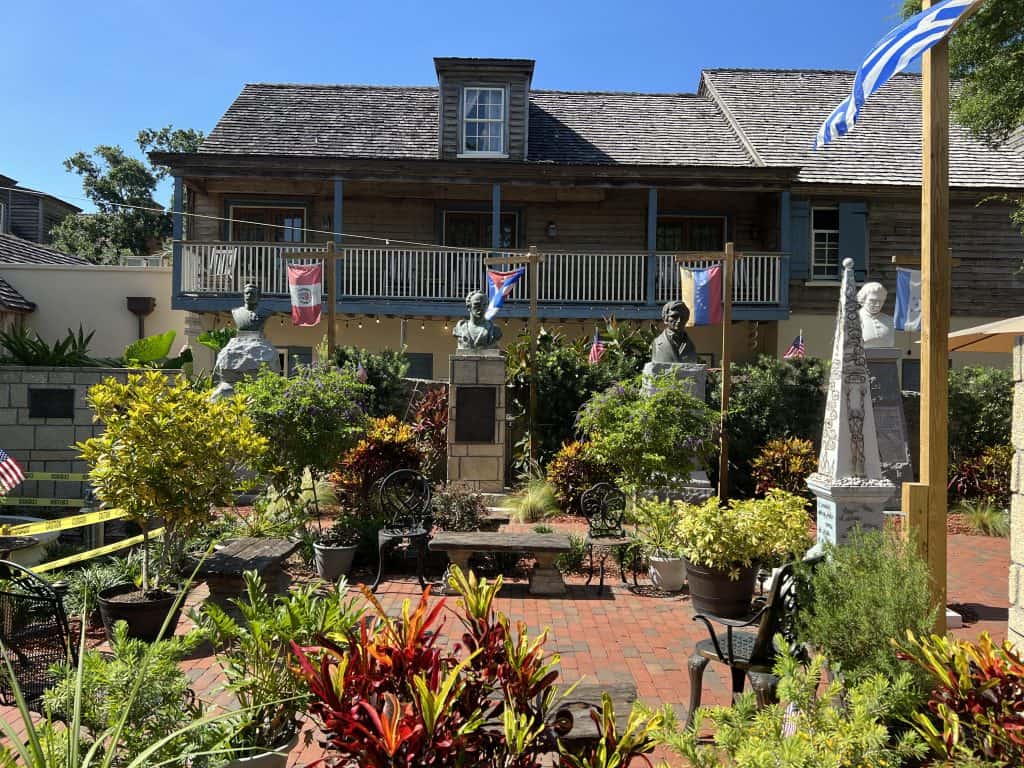
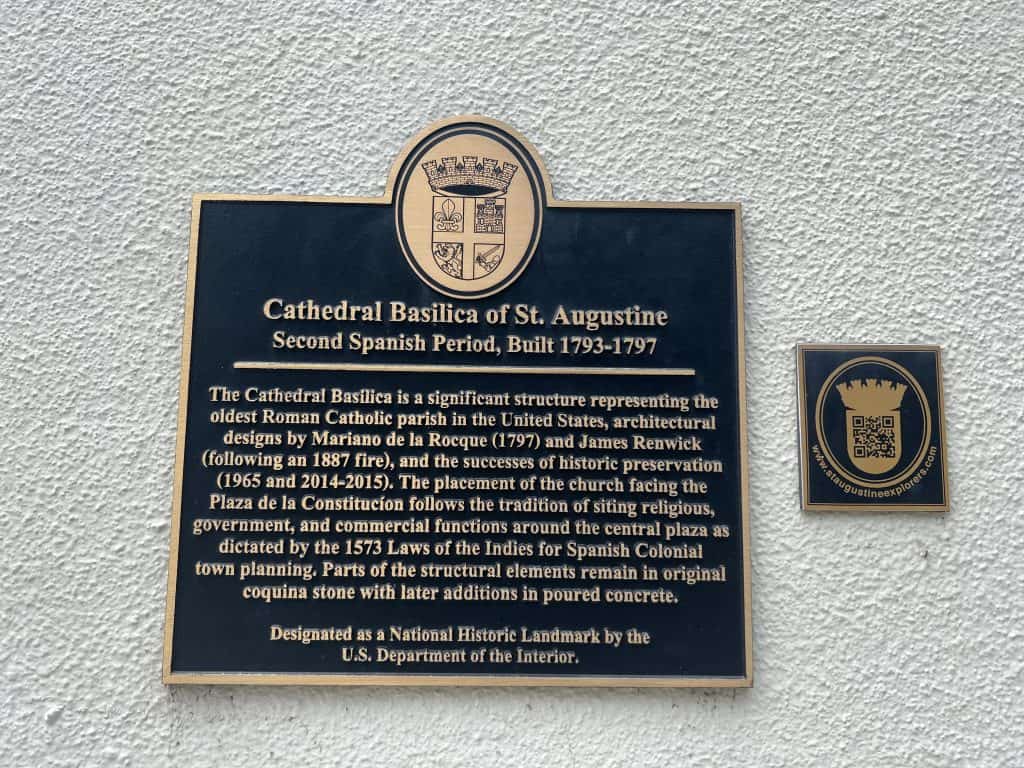

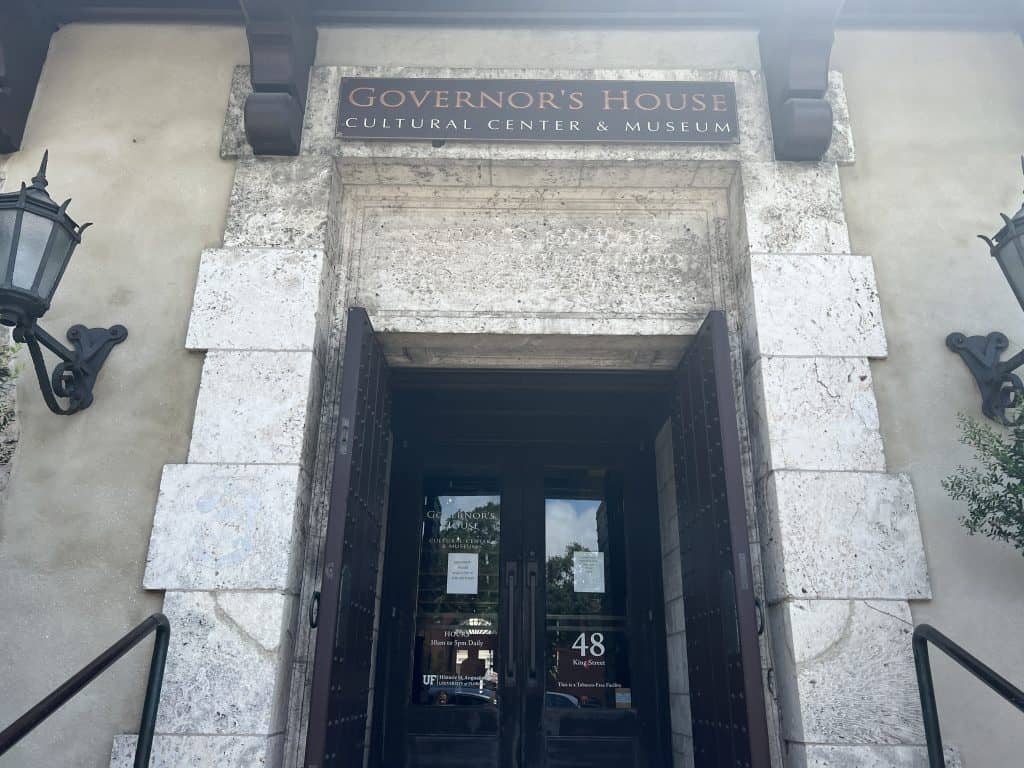
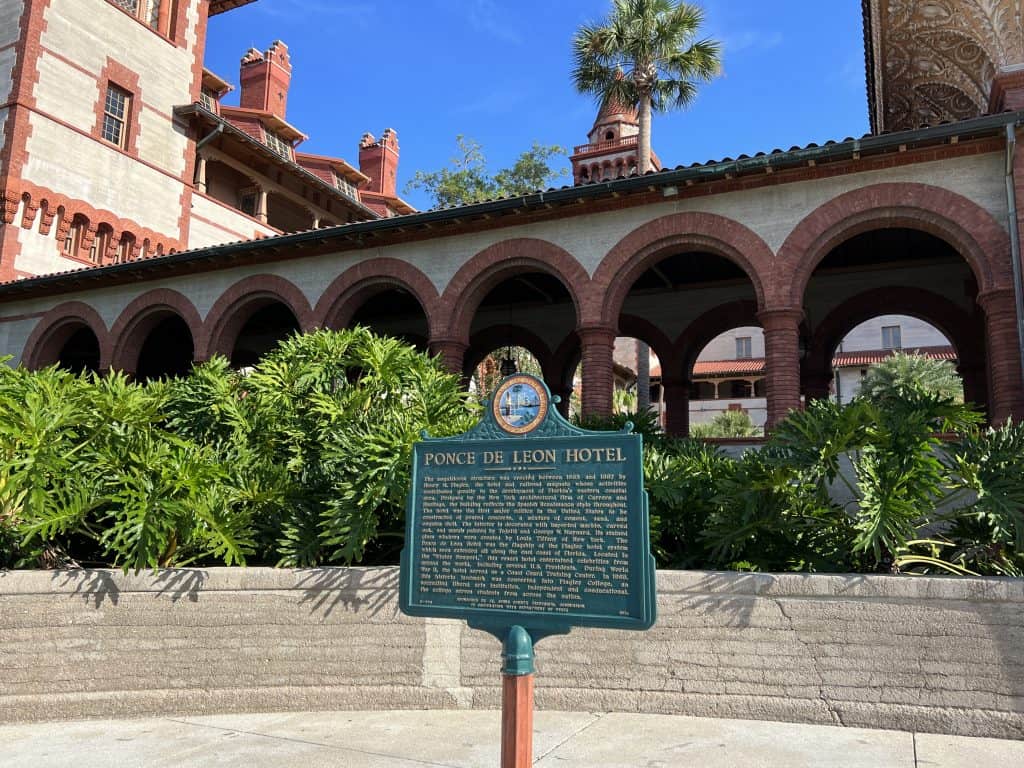

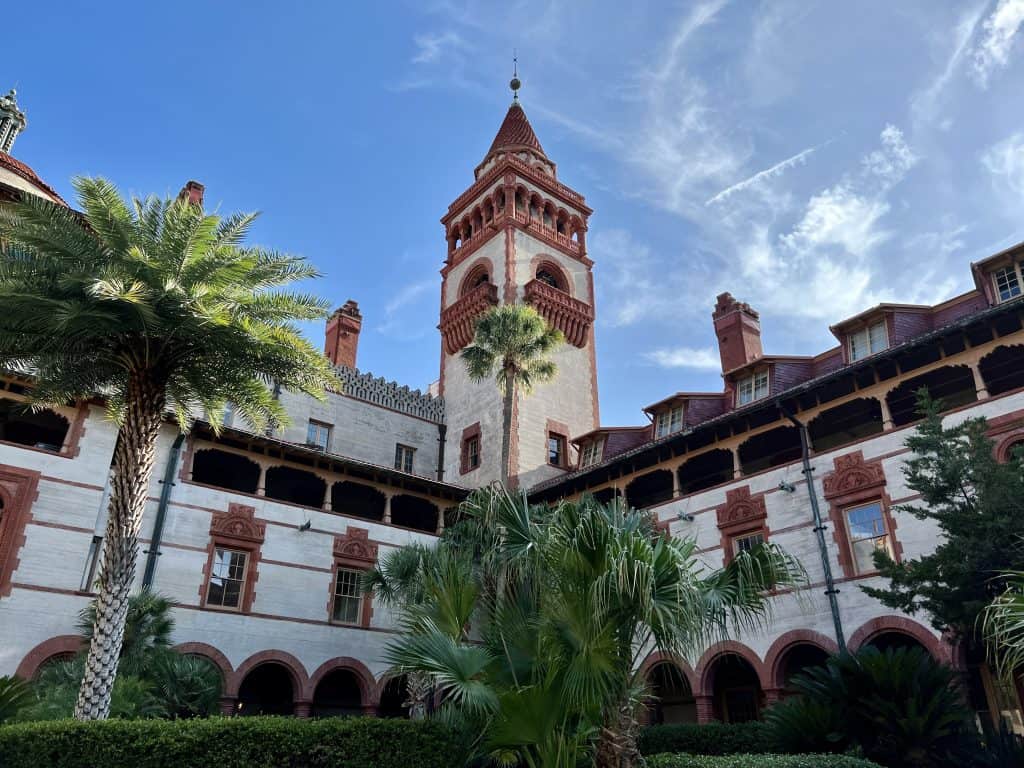

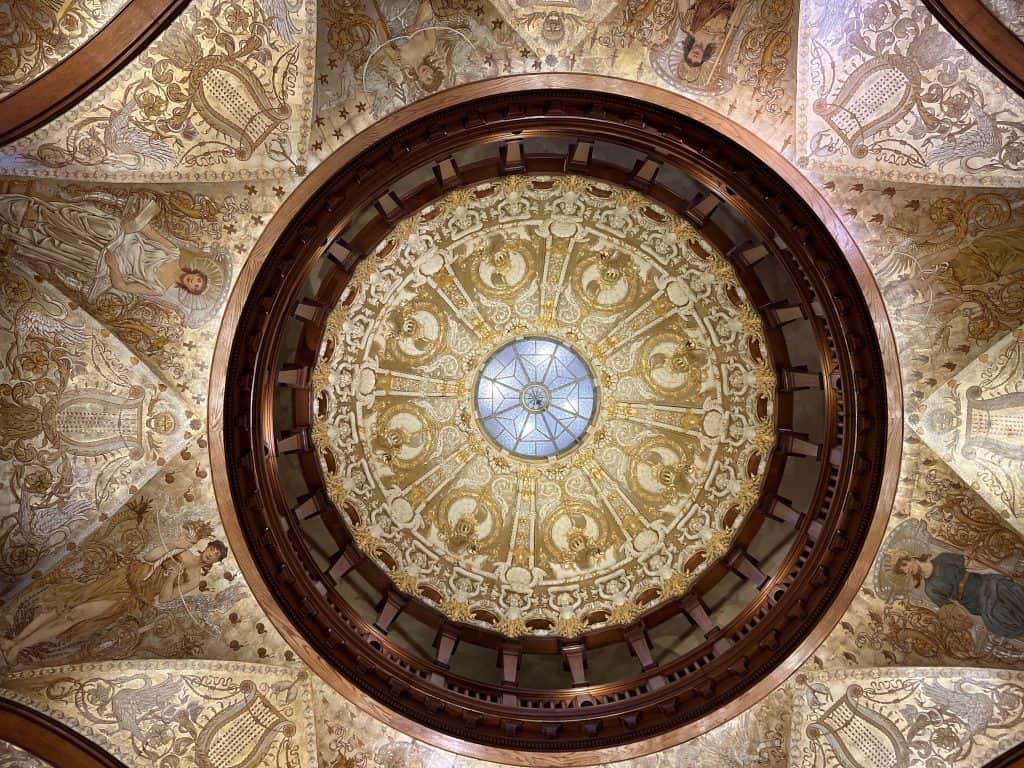

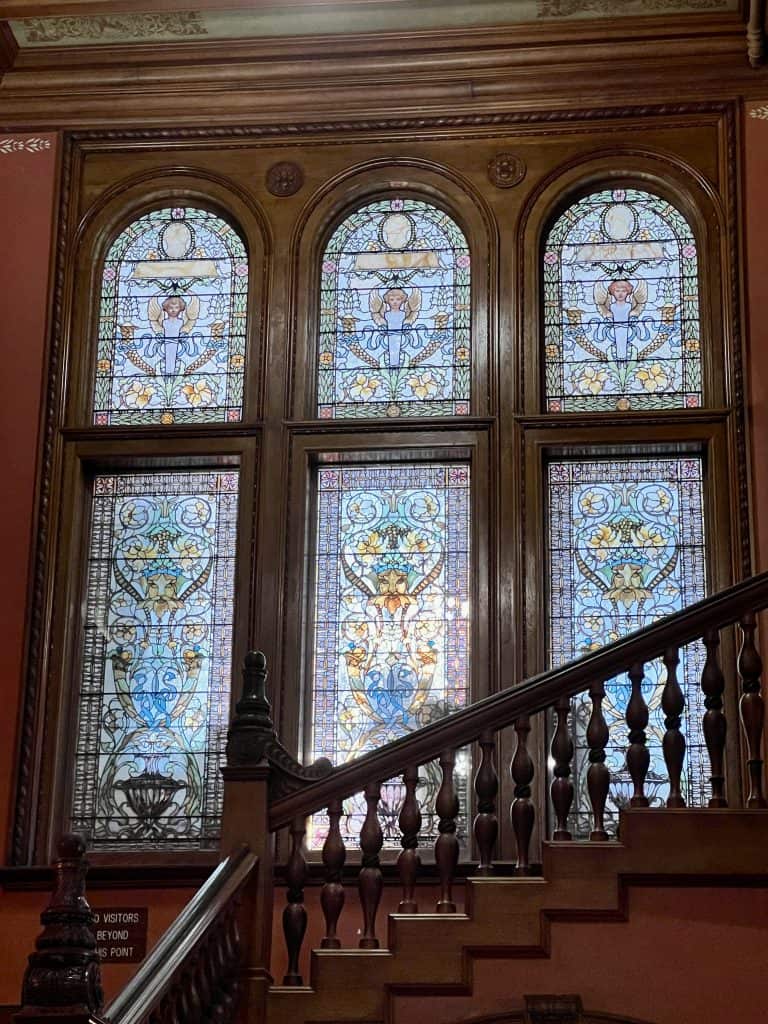
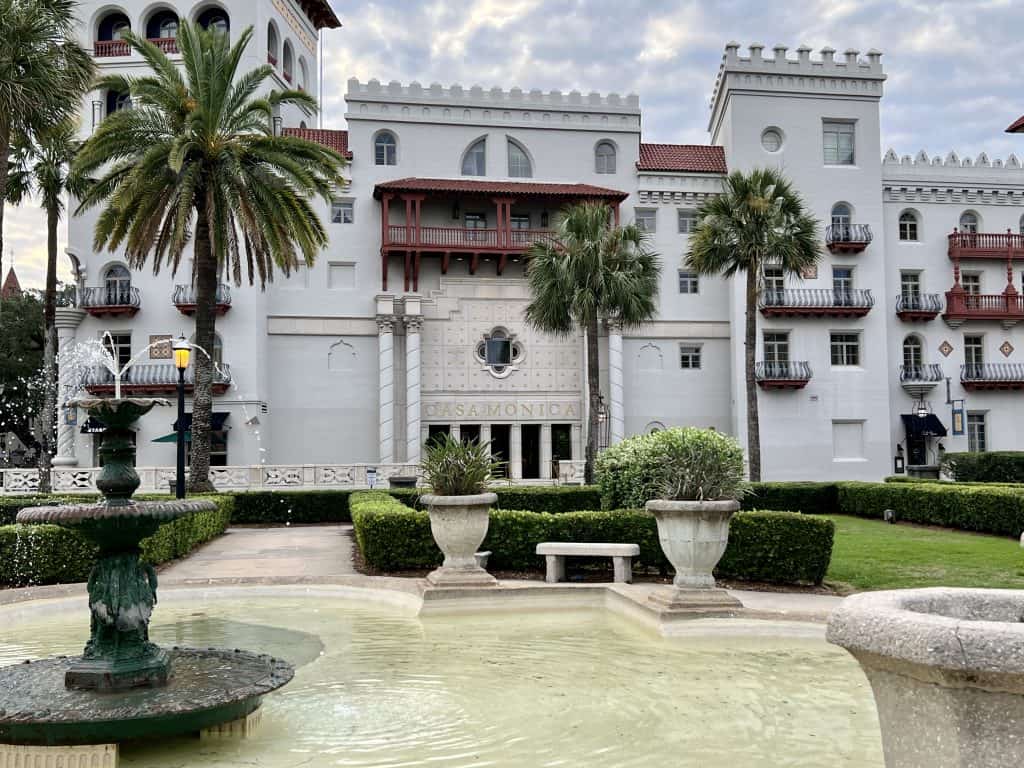
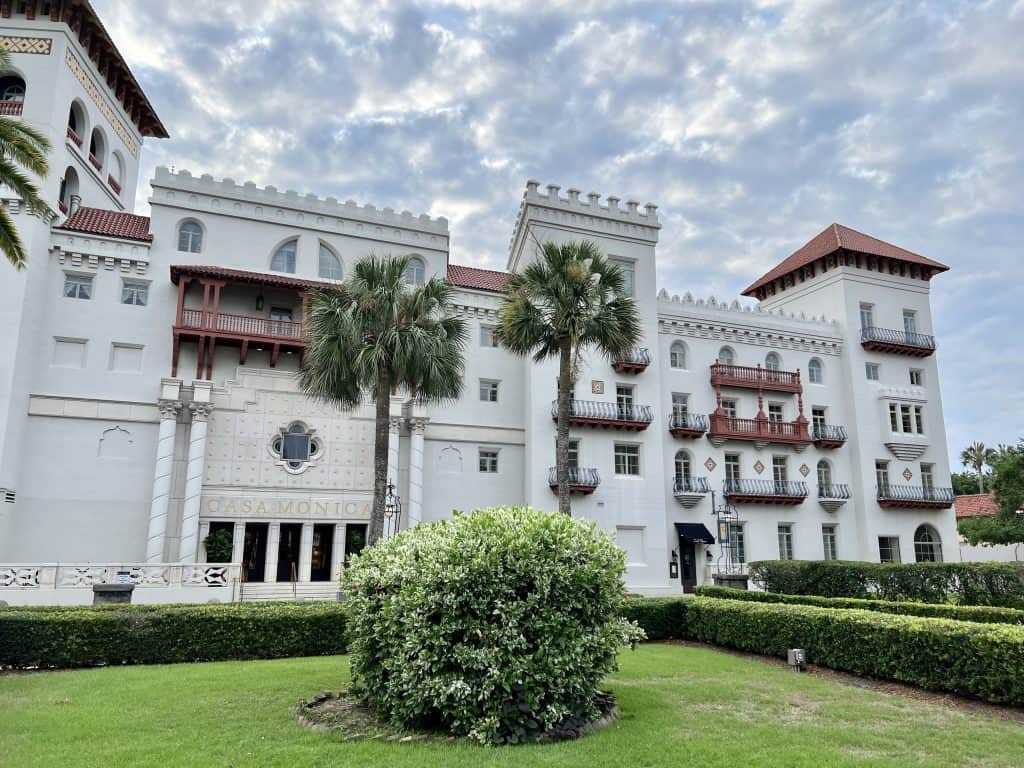
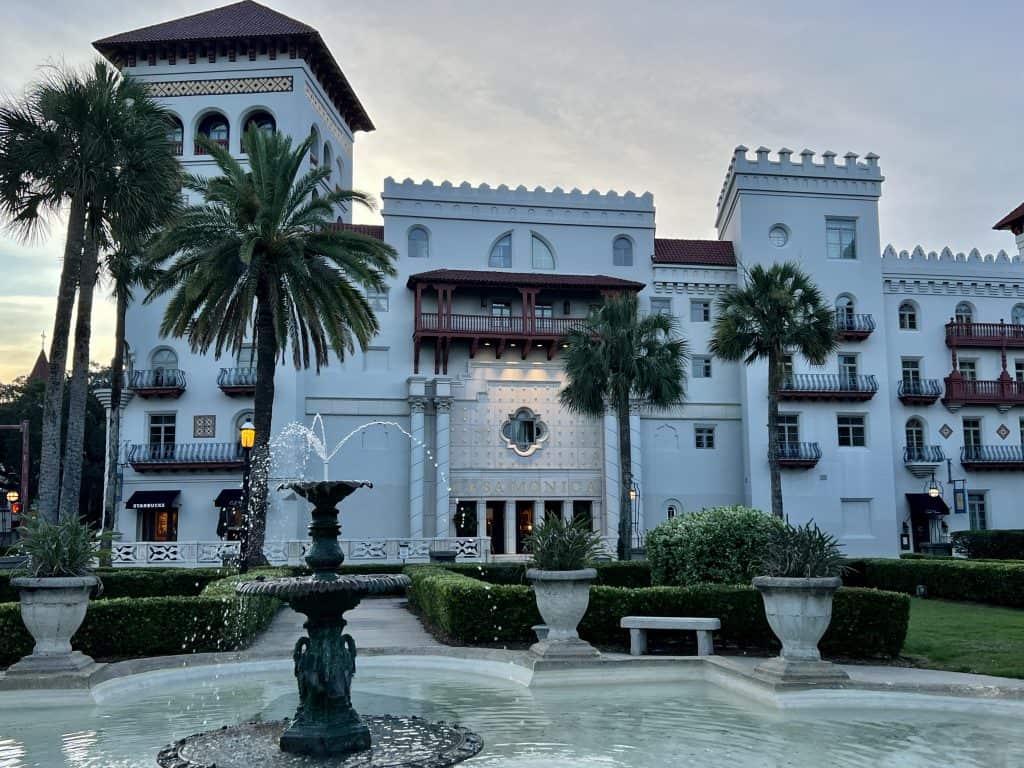

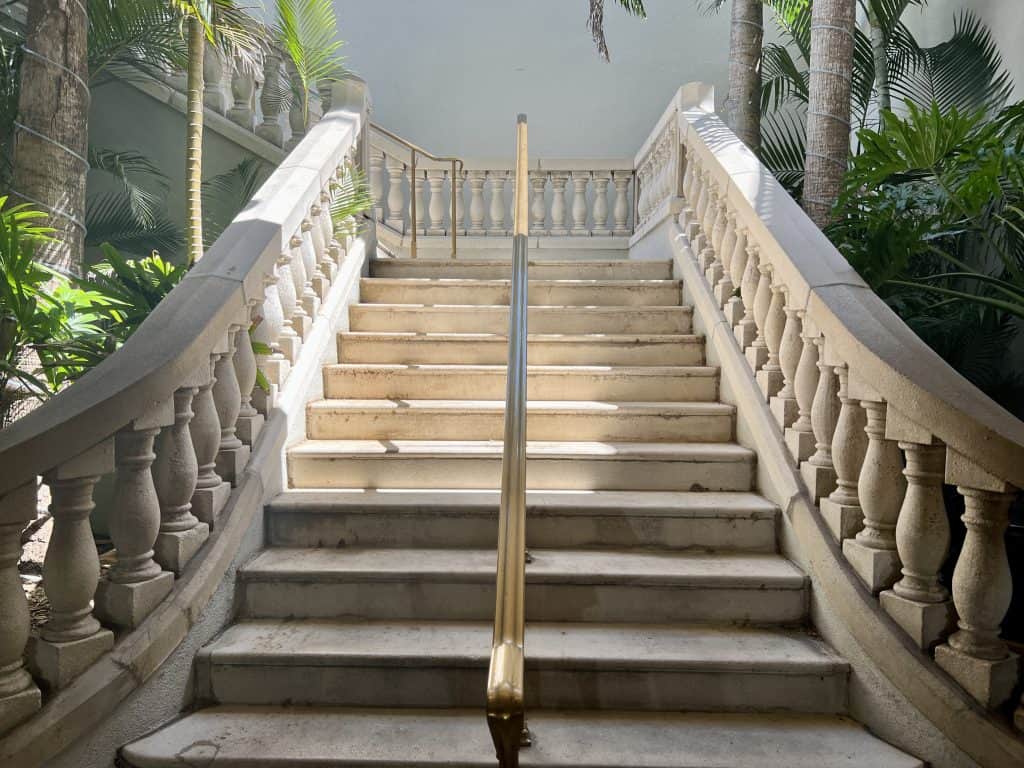
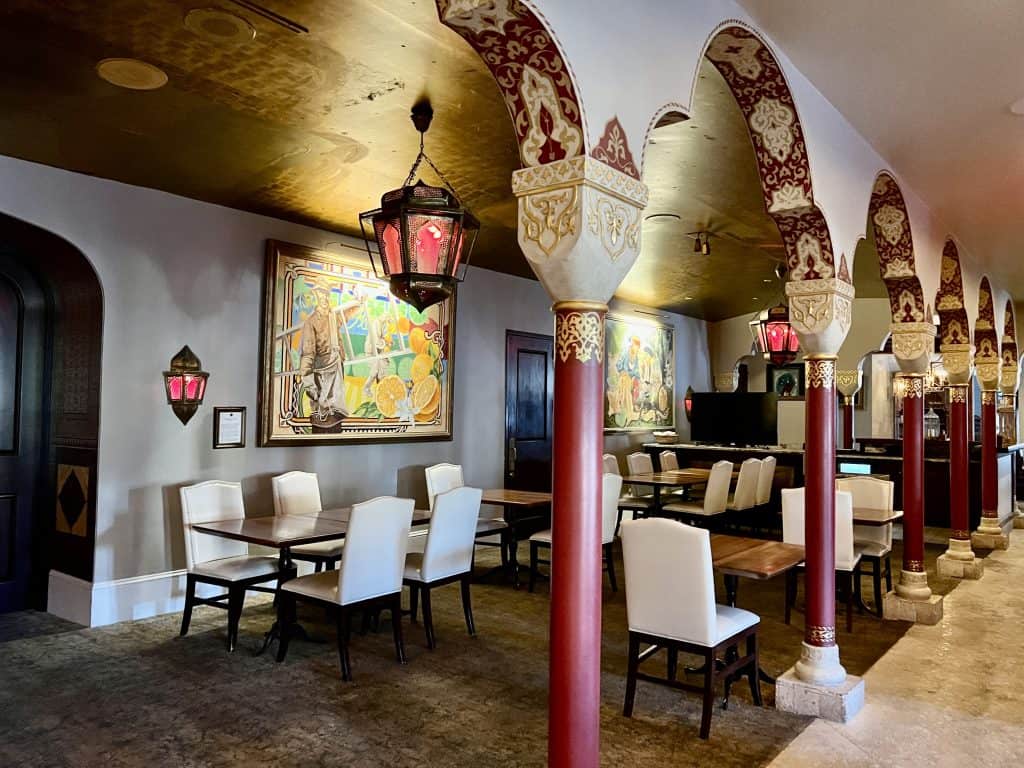
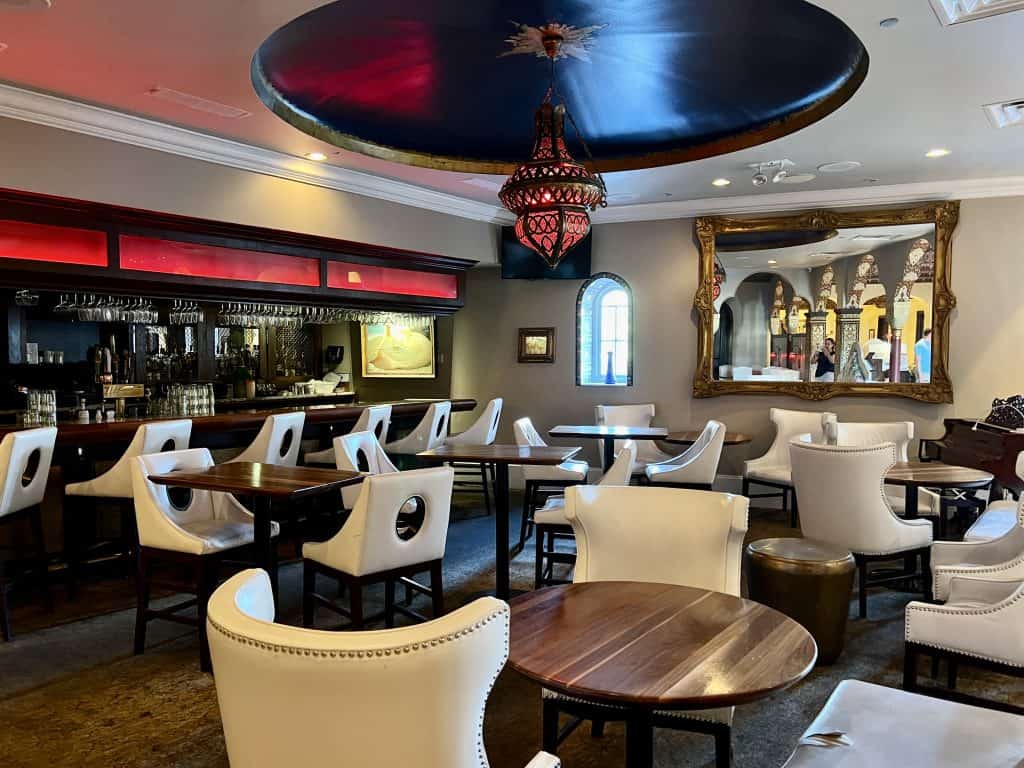

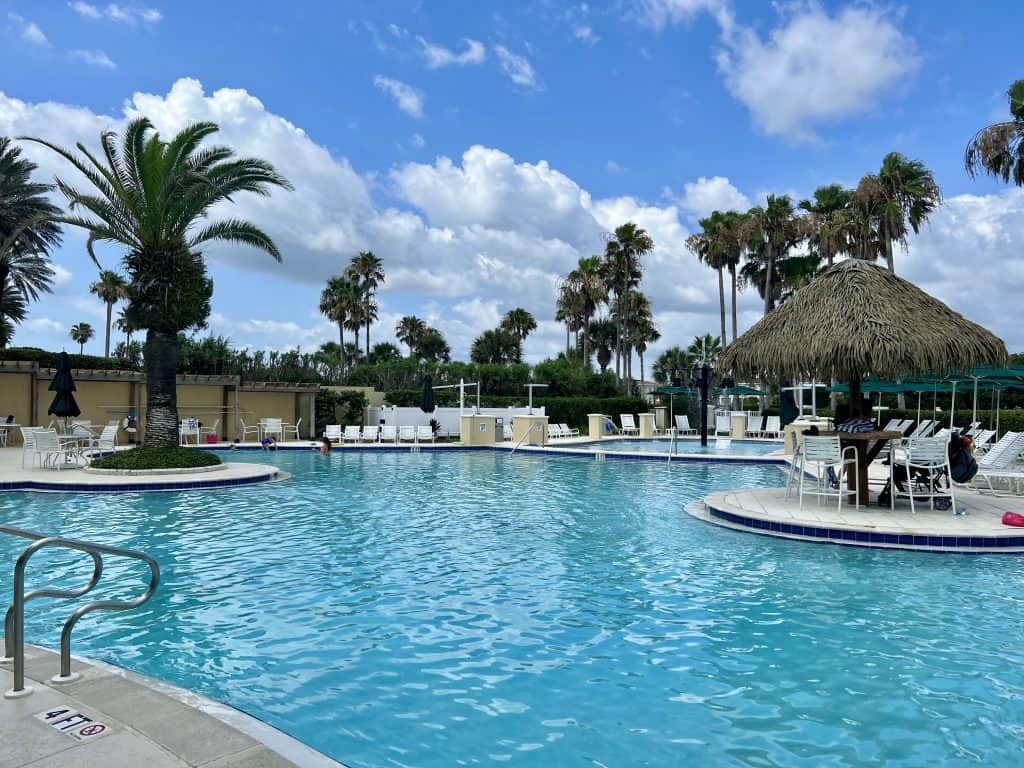

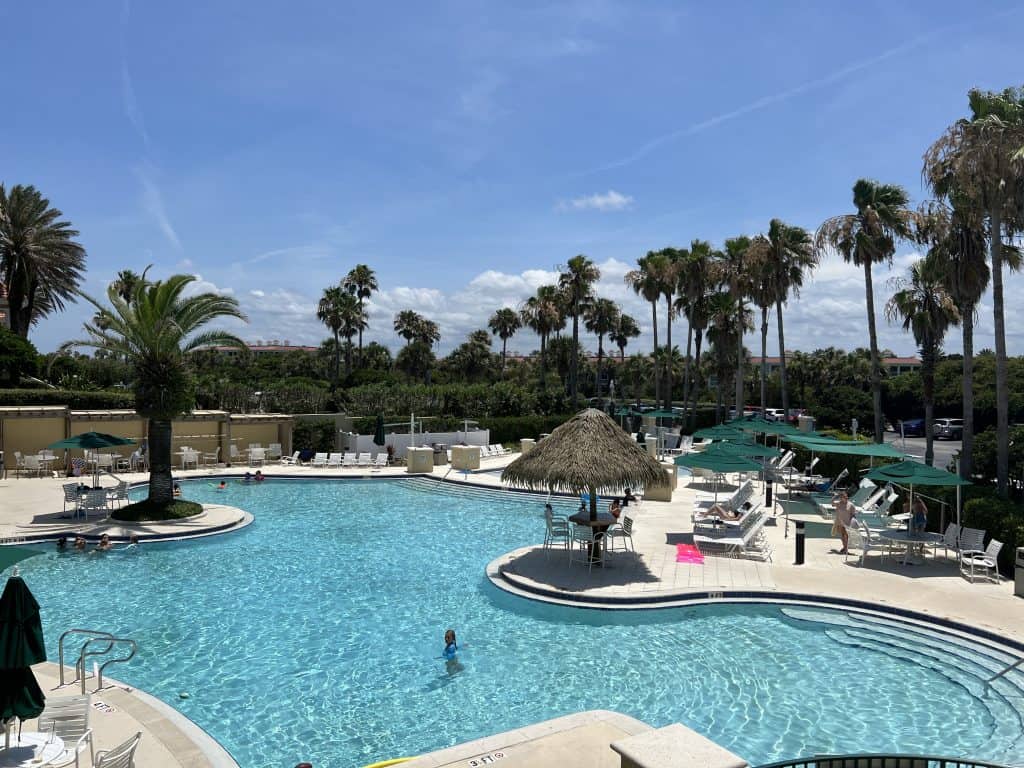
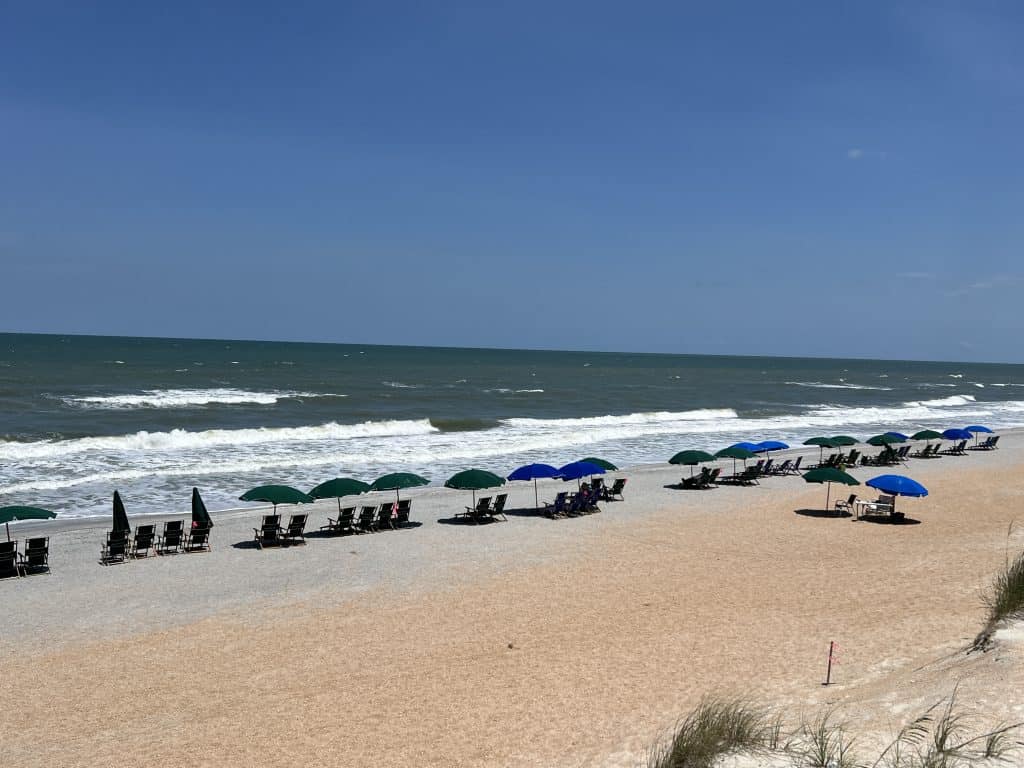
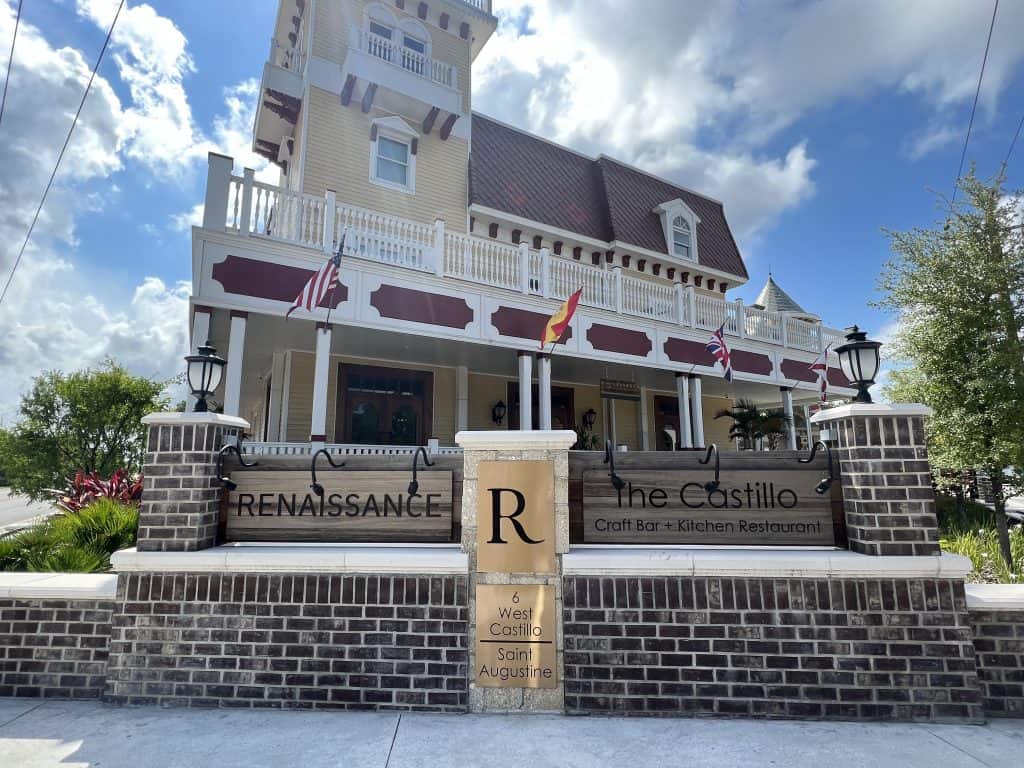
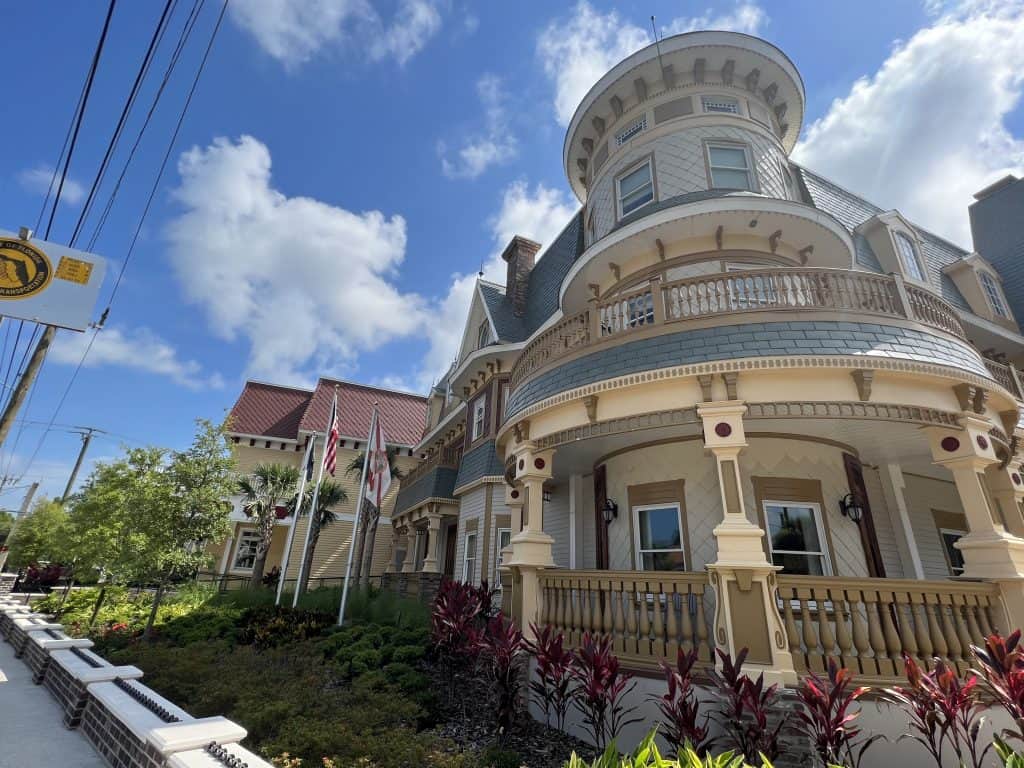
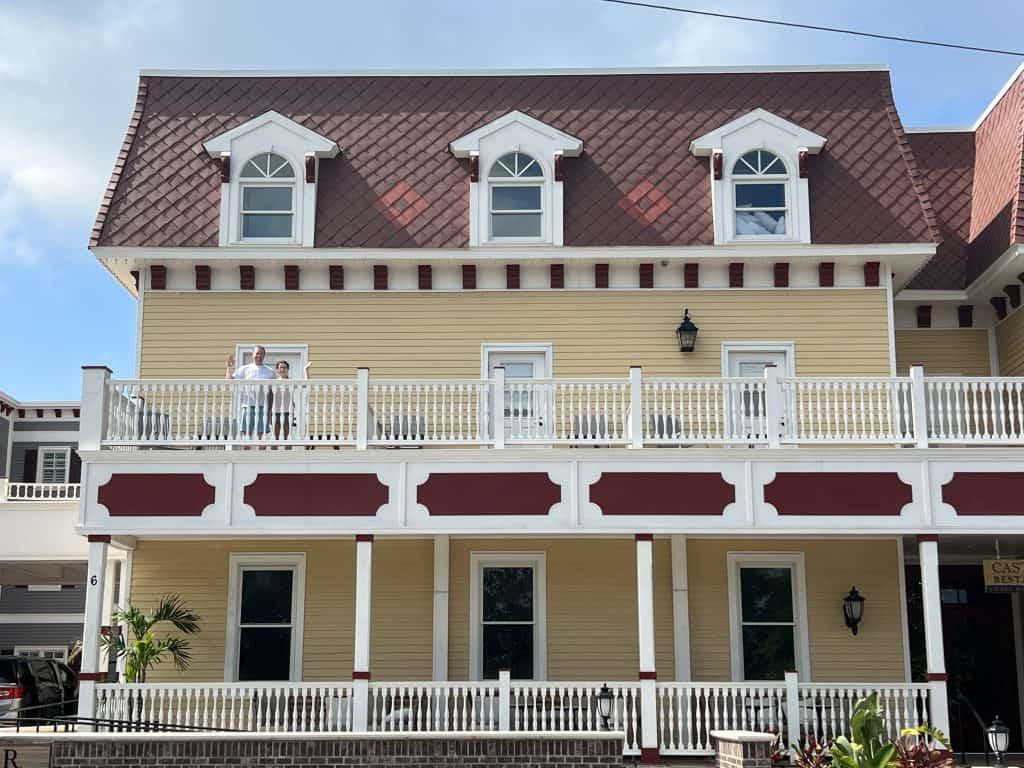
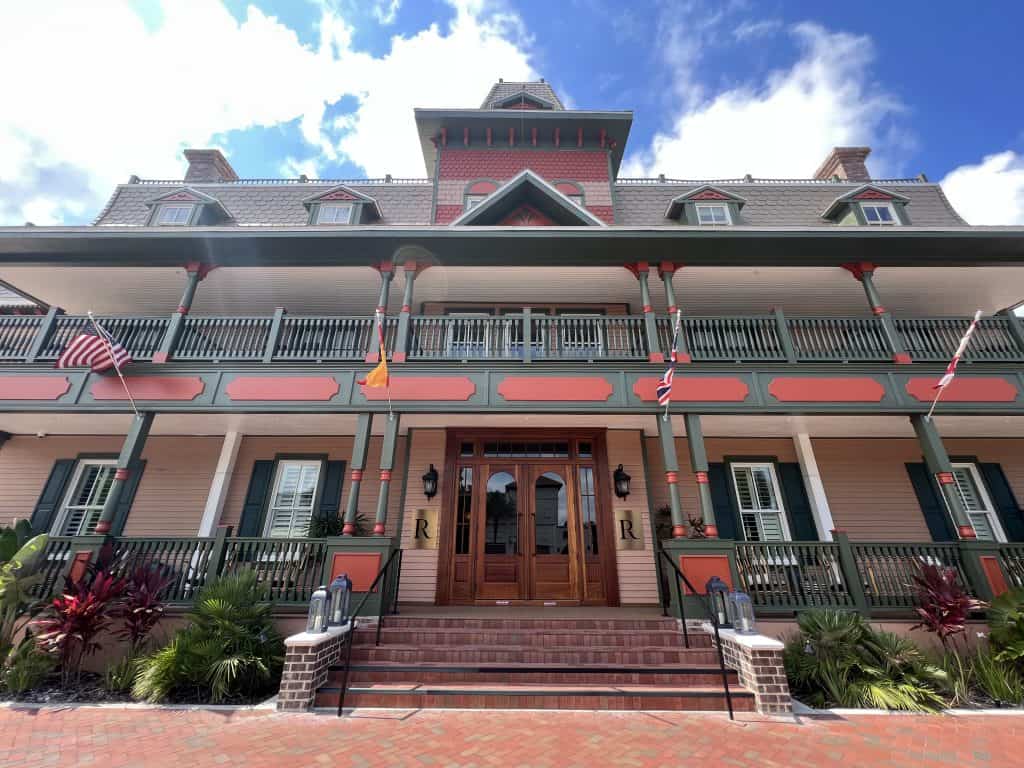
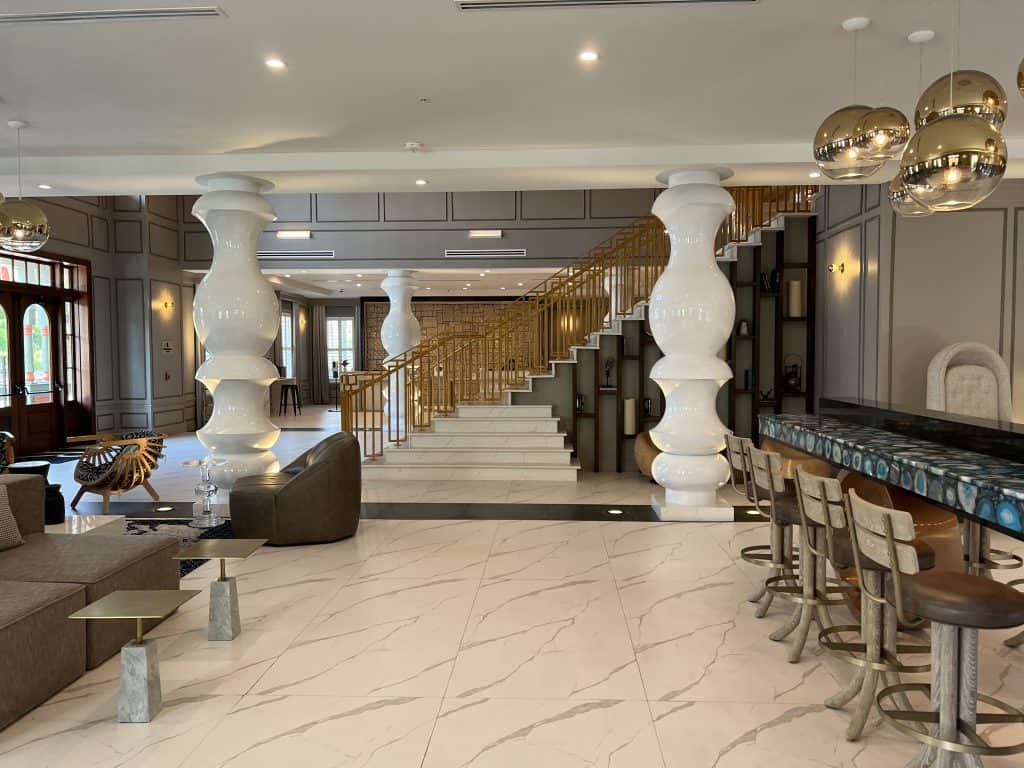
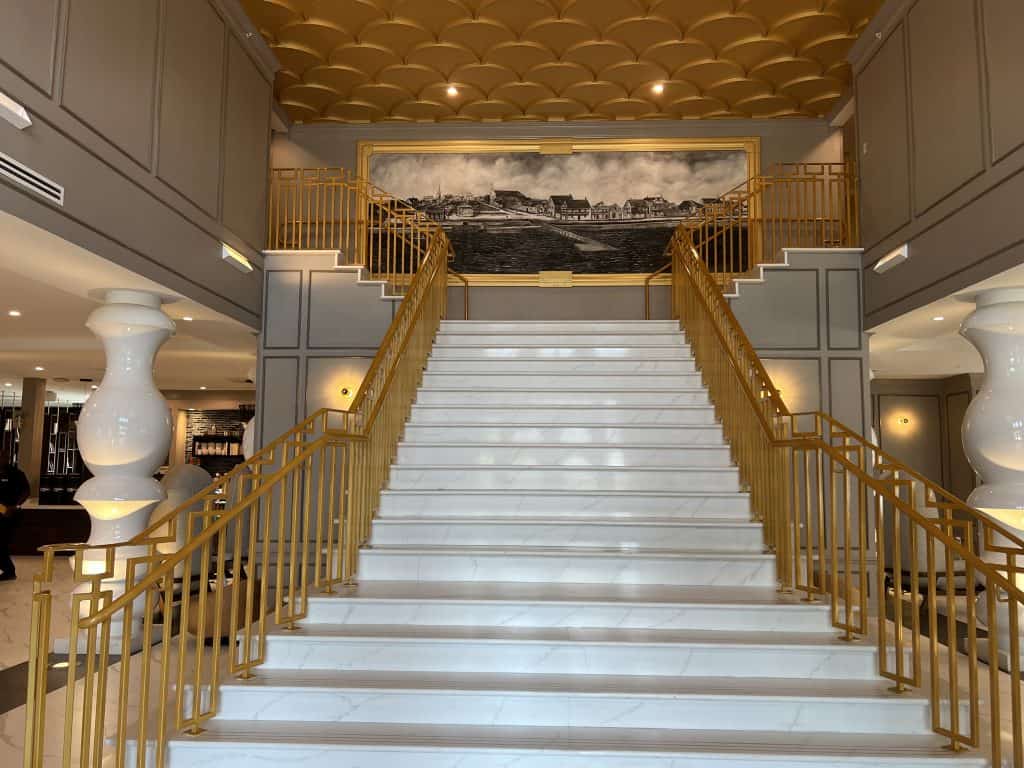

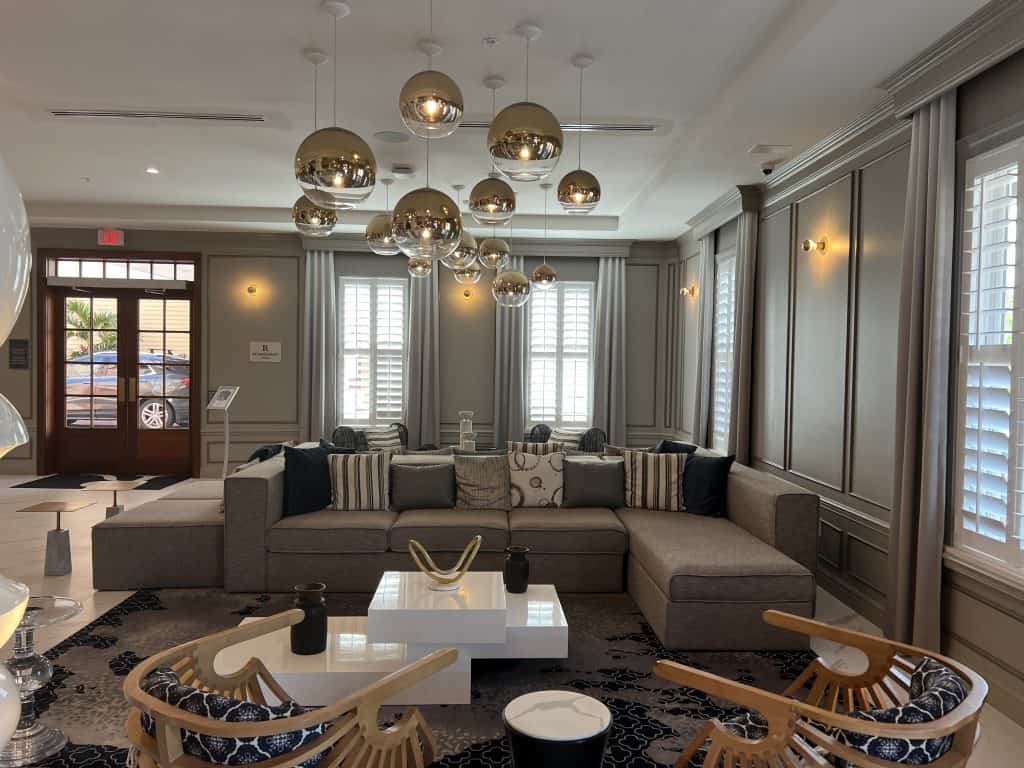

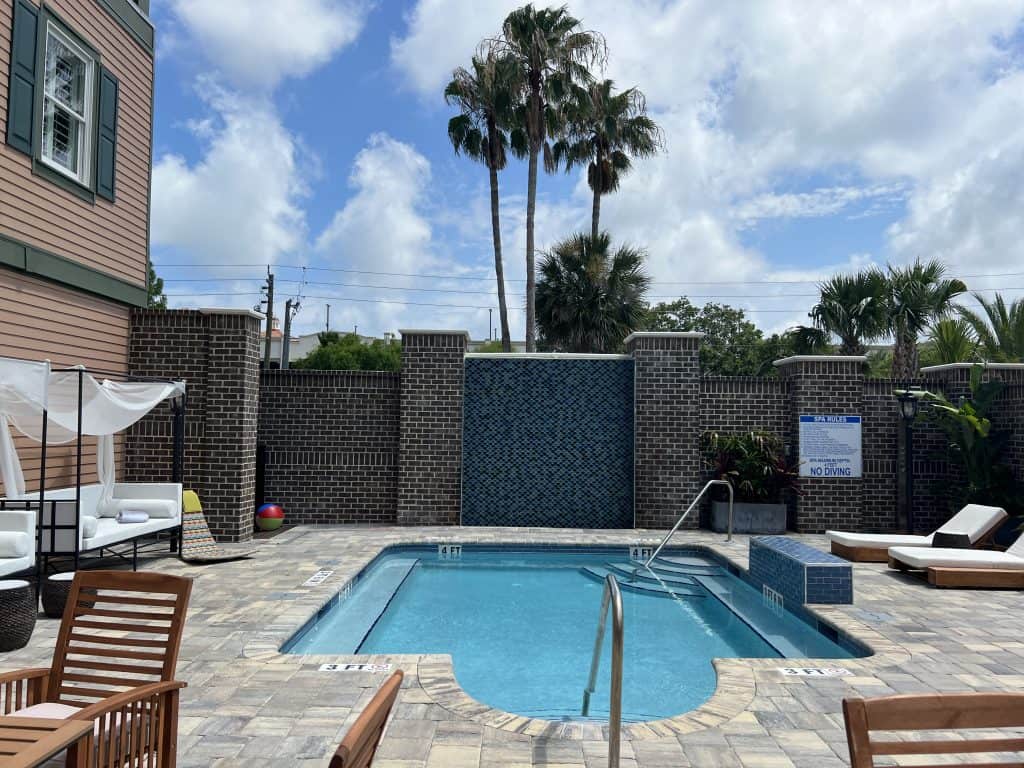



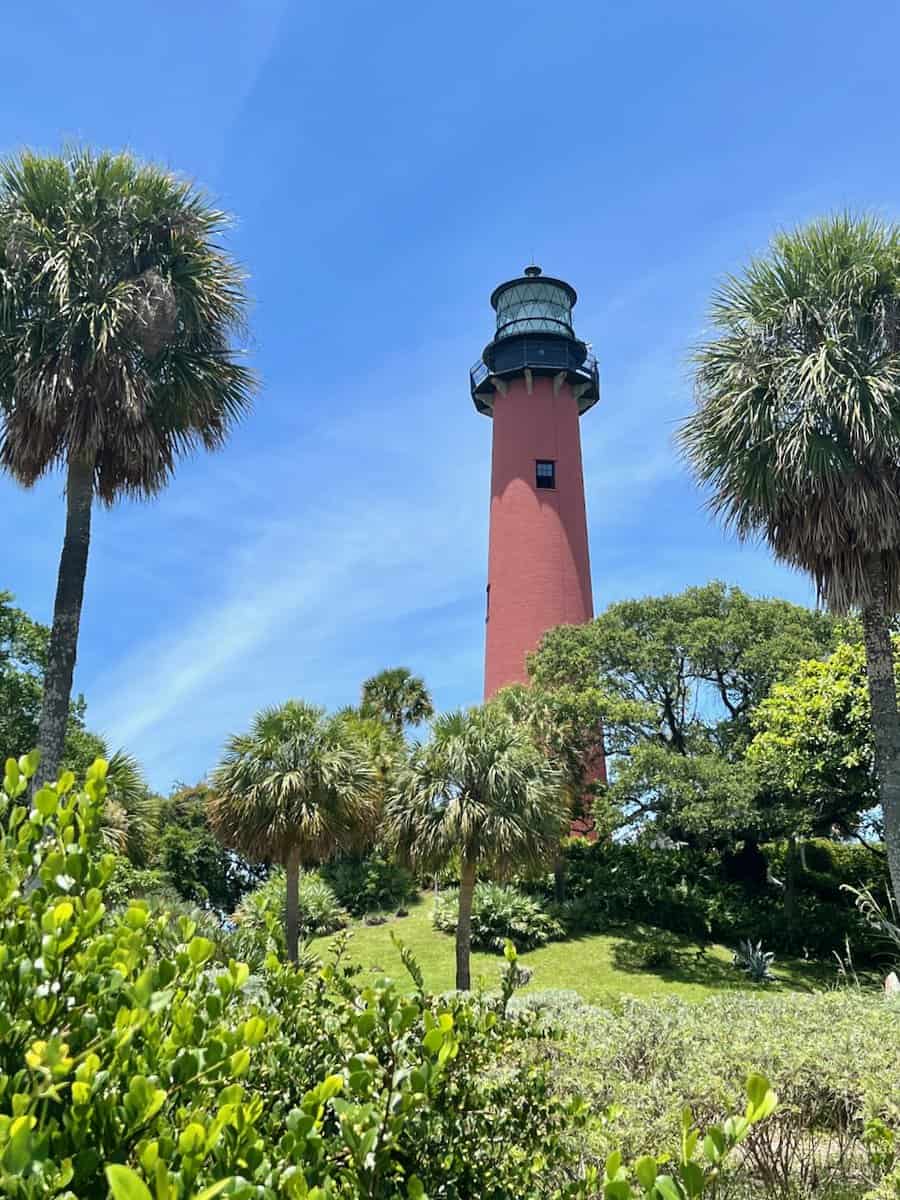


I’ve always wanted to go to St. Augustine! Now that I know I can visit the Fountain of Youth, I need to go. Ha! Great comprehensive post.
I loved St. Augustine when I visited a few years ago, but I was only there for a short amount of time — so many things to do when I’m back! The Villa Zorayda Museum sounds especially cool.
It looks like there is a lot to do in St. Augustine! I think I would like the alligator farm best 🙂
I must admit that we have visited Florida a lot but have not spent much time in northern Florida. And have missed St Augustine. We love cities that are walkable. And a Old Town Trolley would be a fun way to explore. It would be fun to think the Fountain of Youth was real.
wow there’re so many options for things to do here, it looks like such a lovely city to explore!
Again, I am so surprised there’s so many things to say. Wonderful job and something to look forward to.